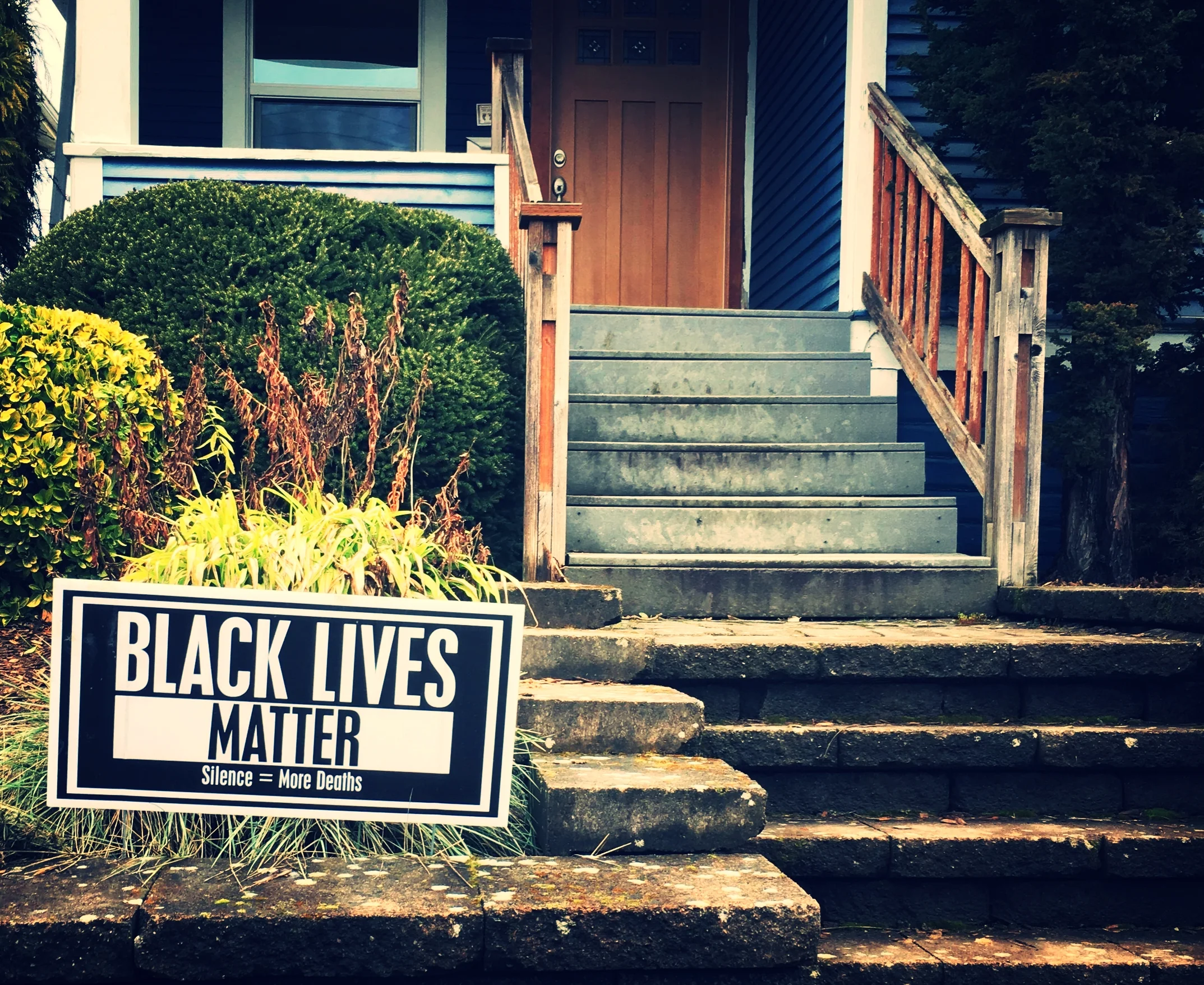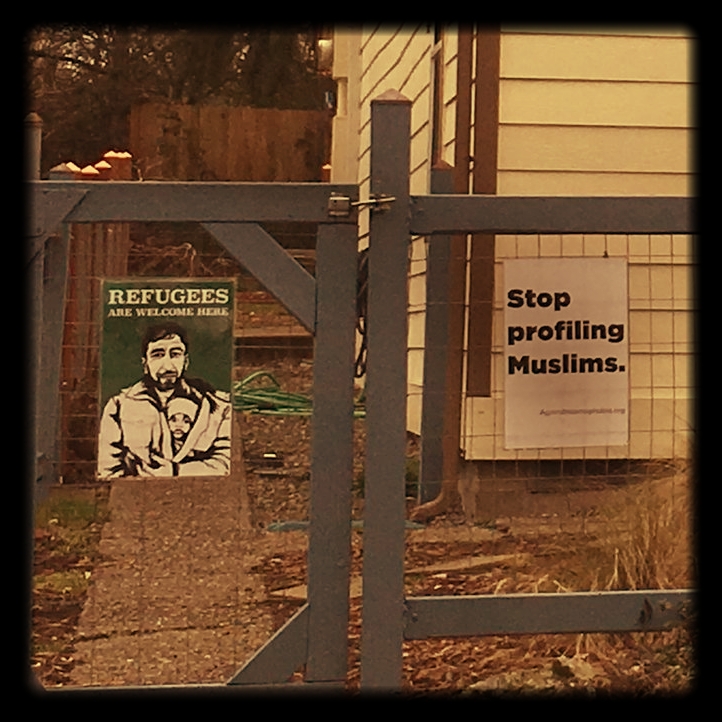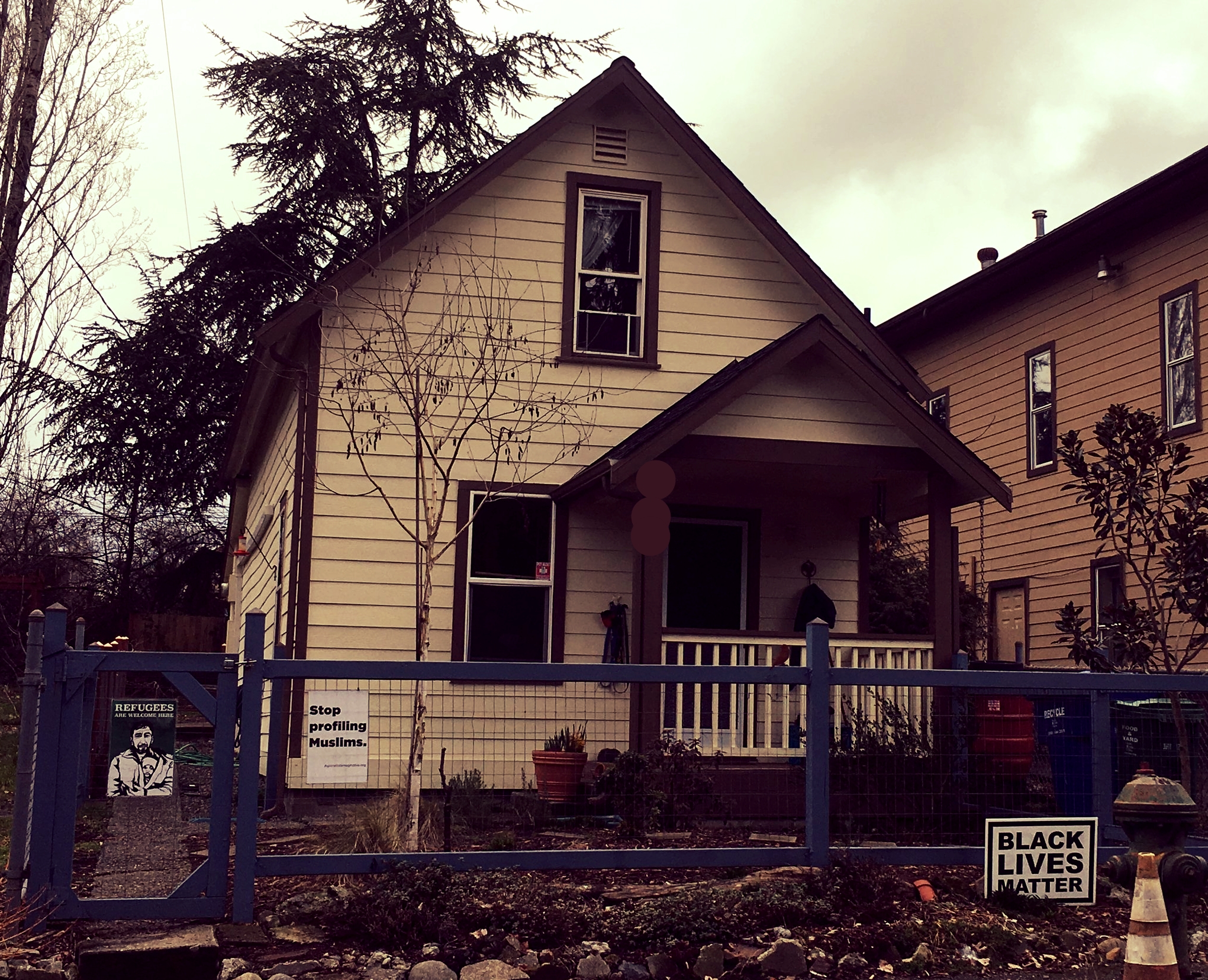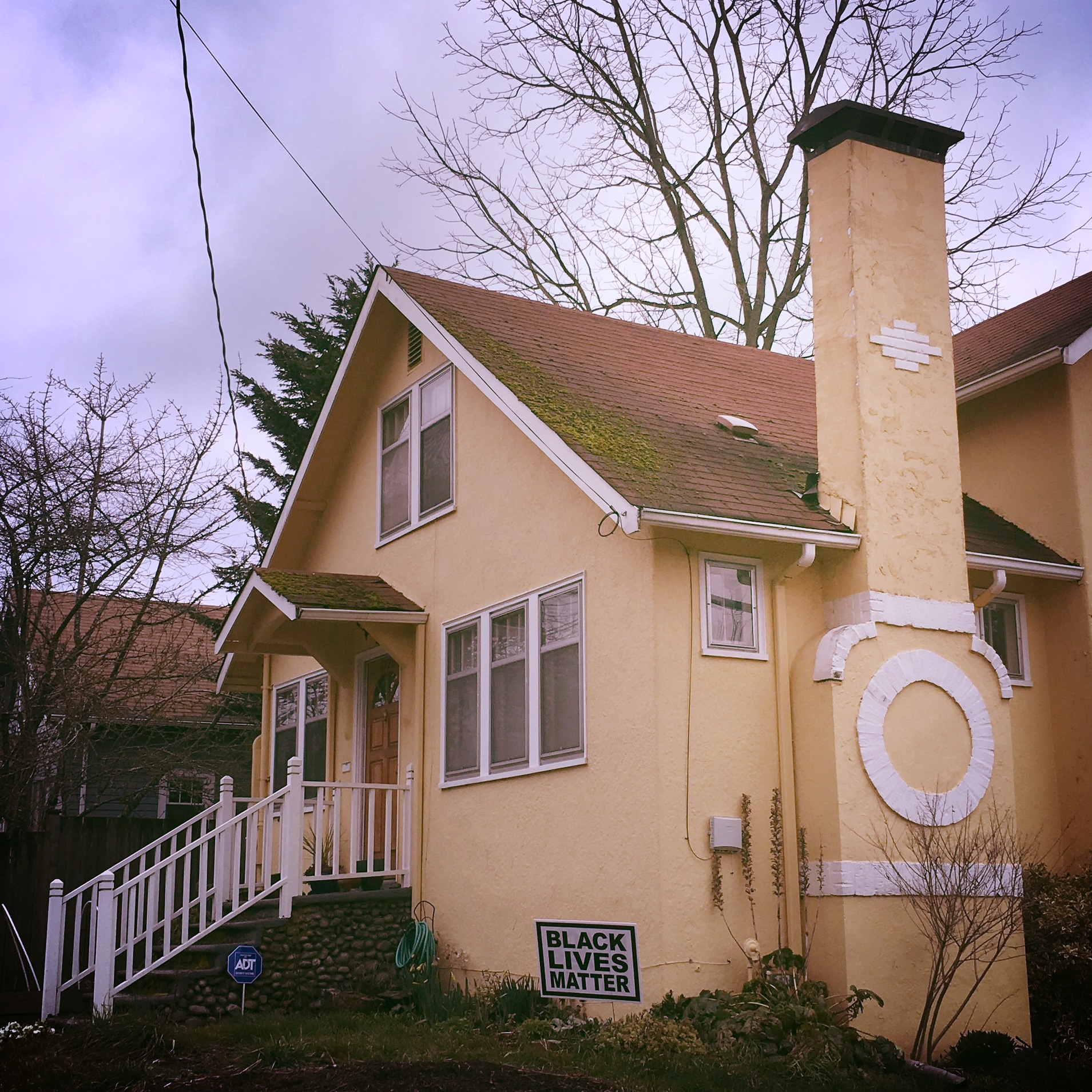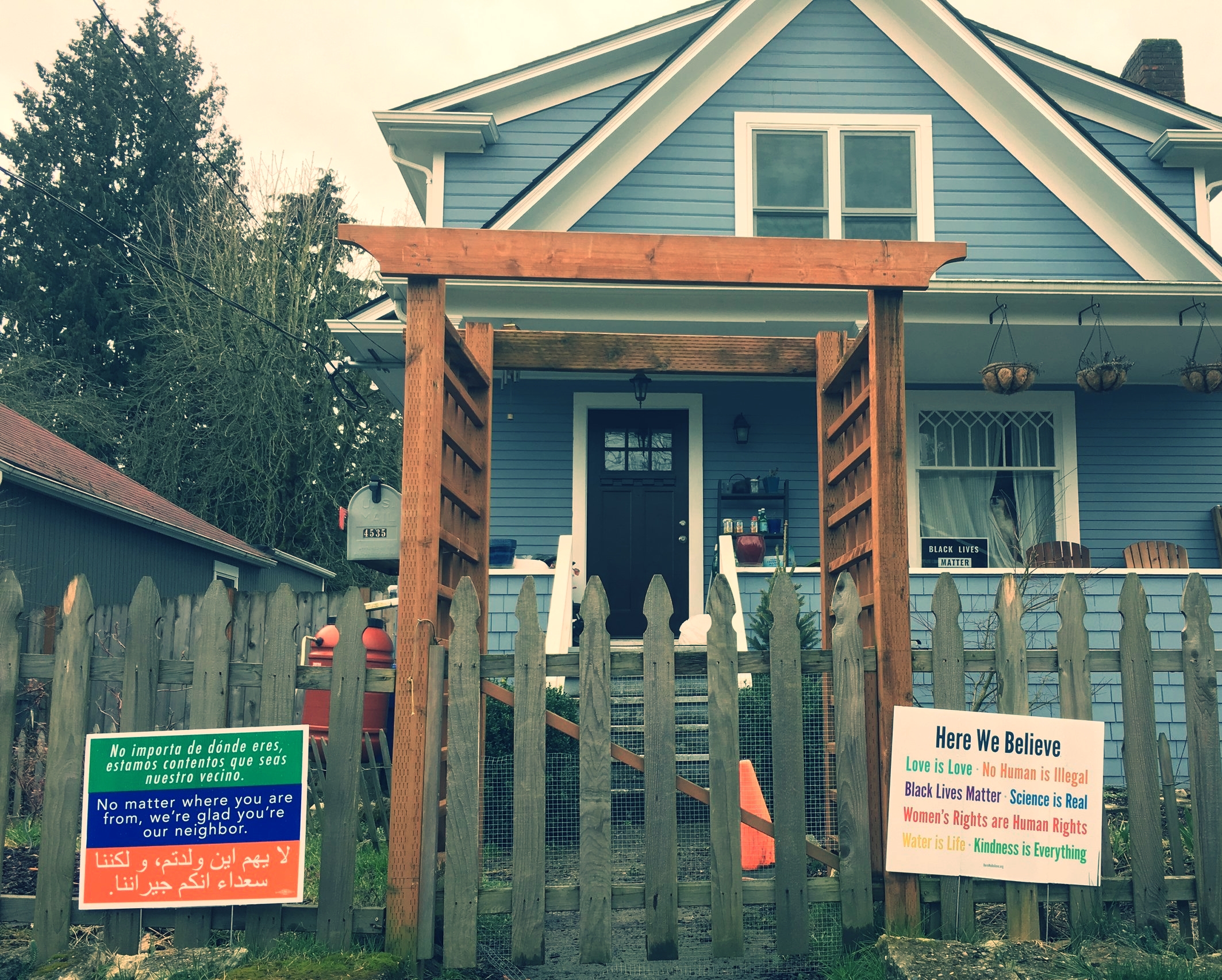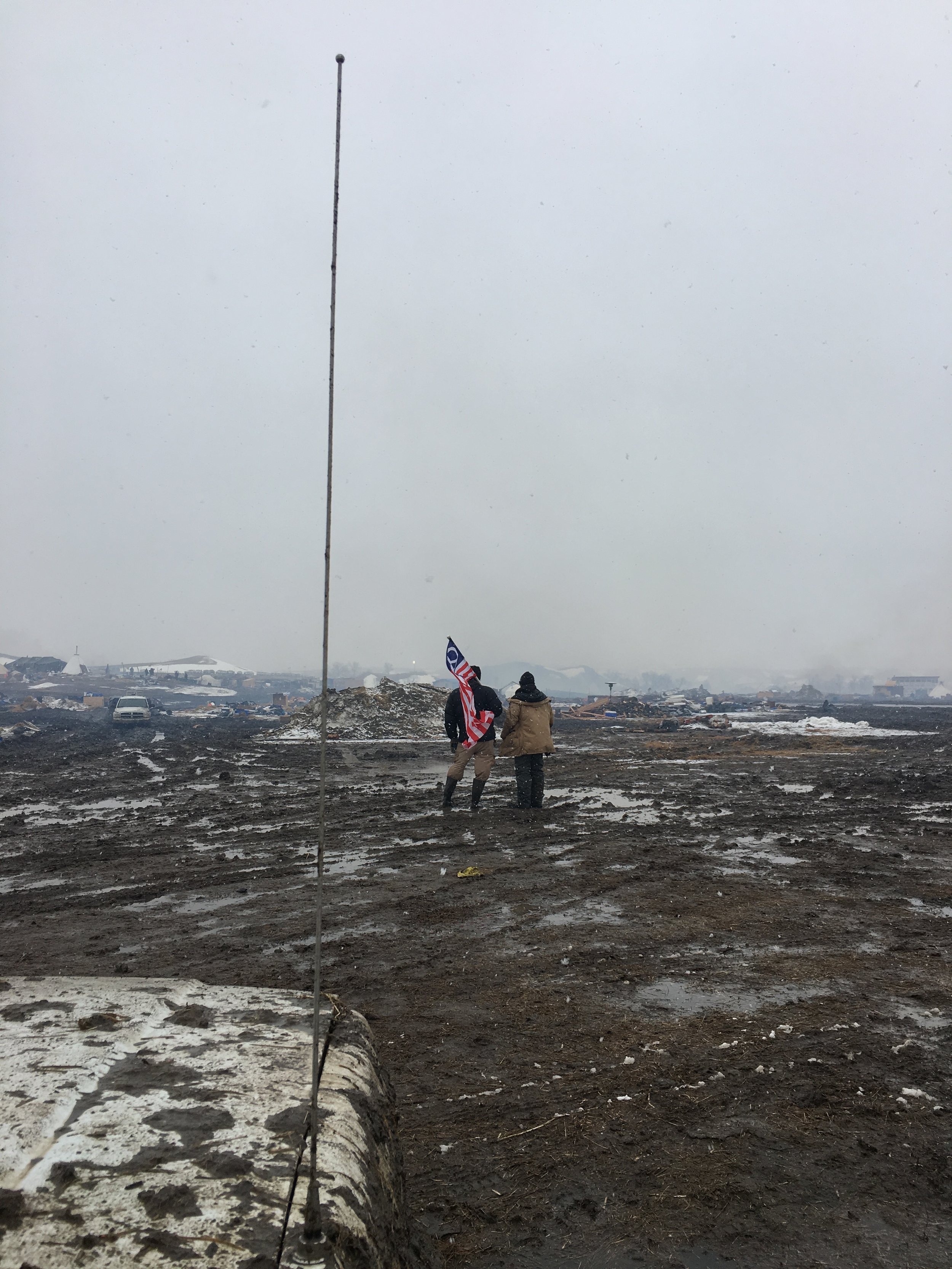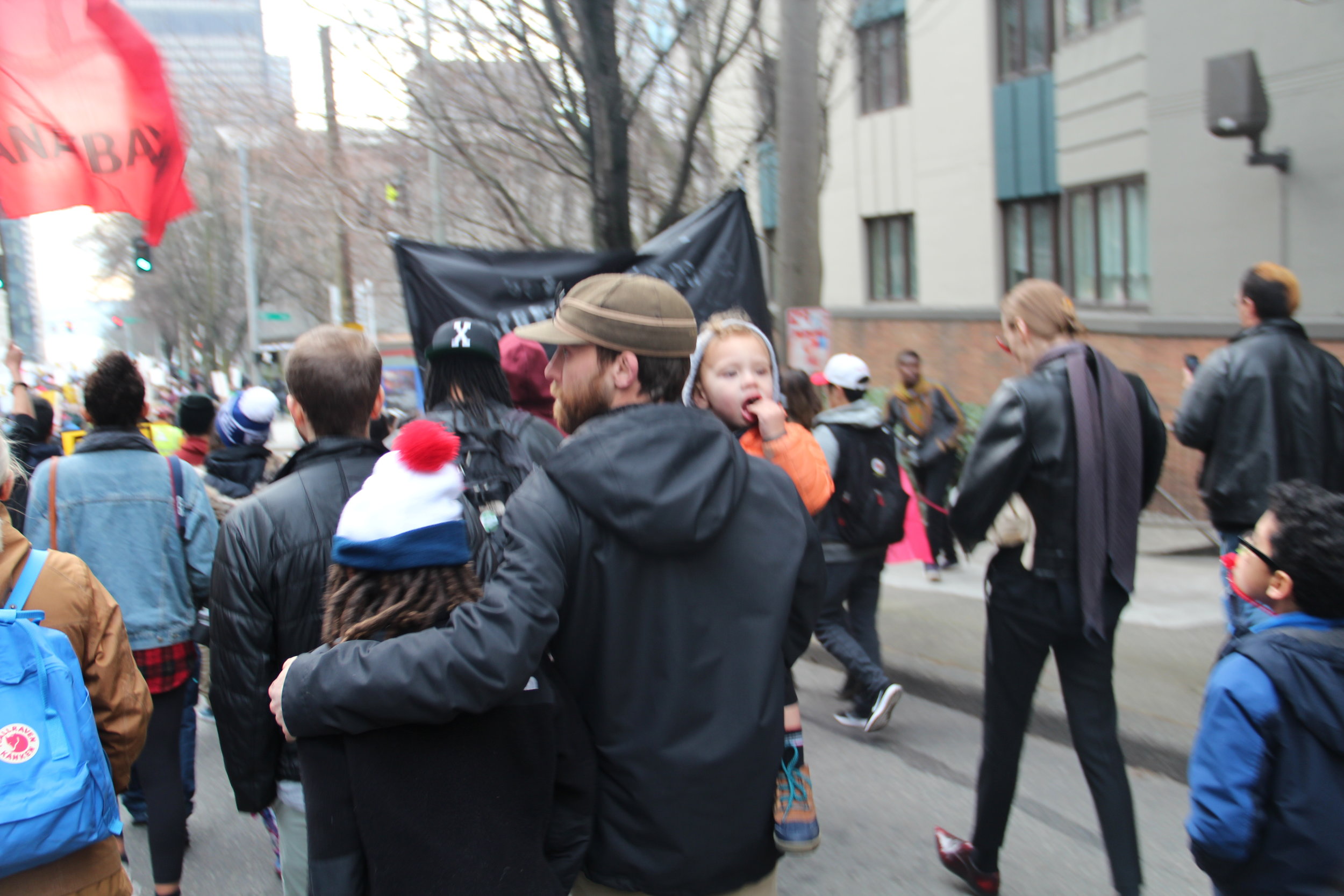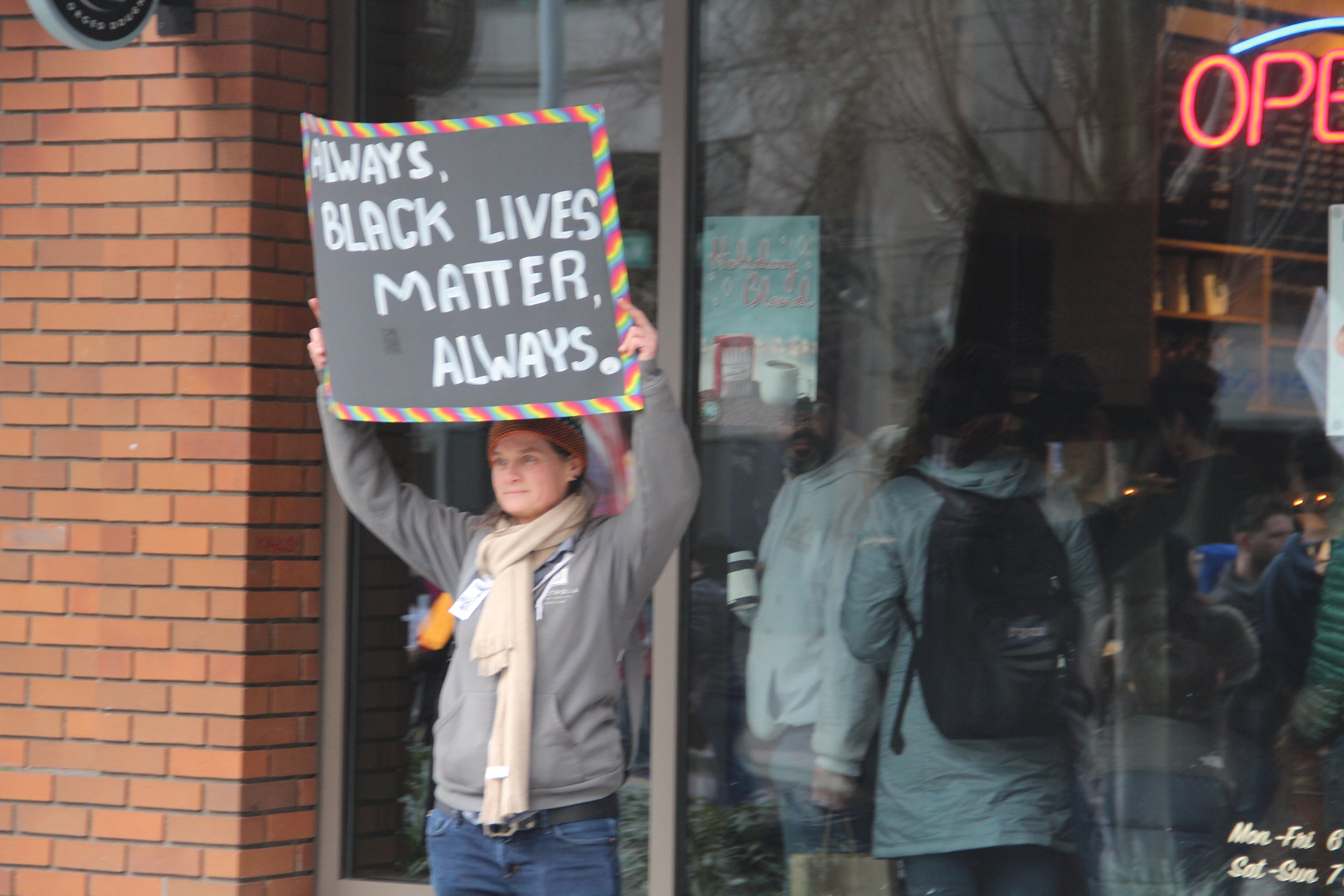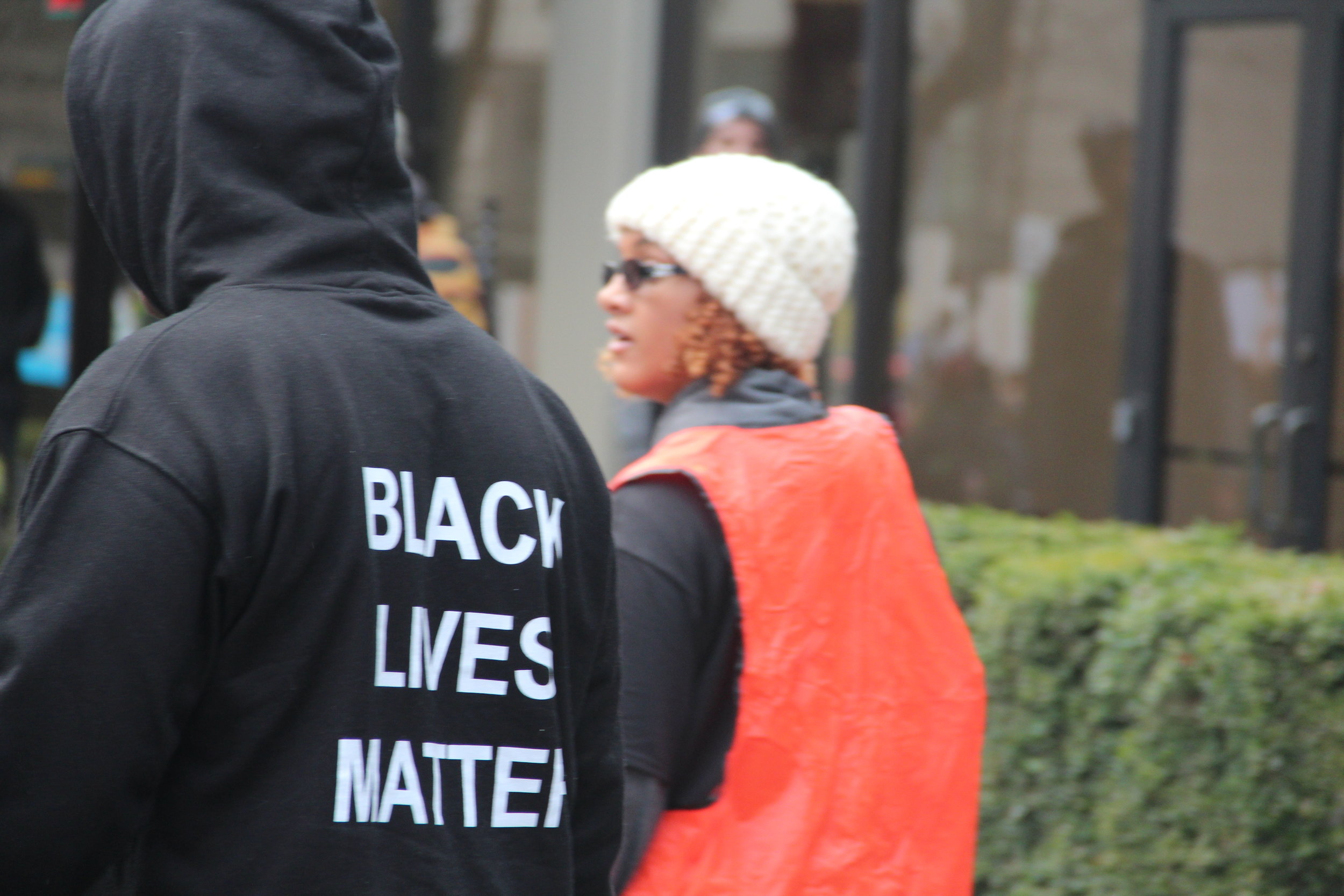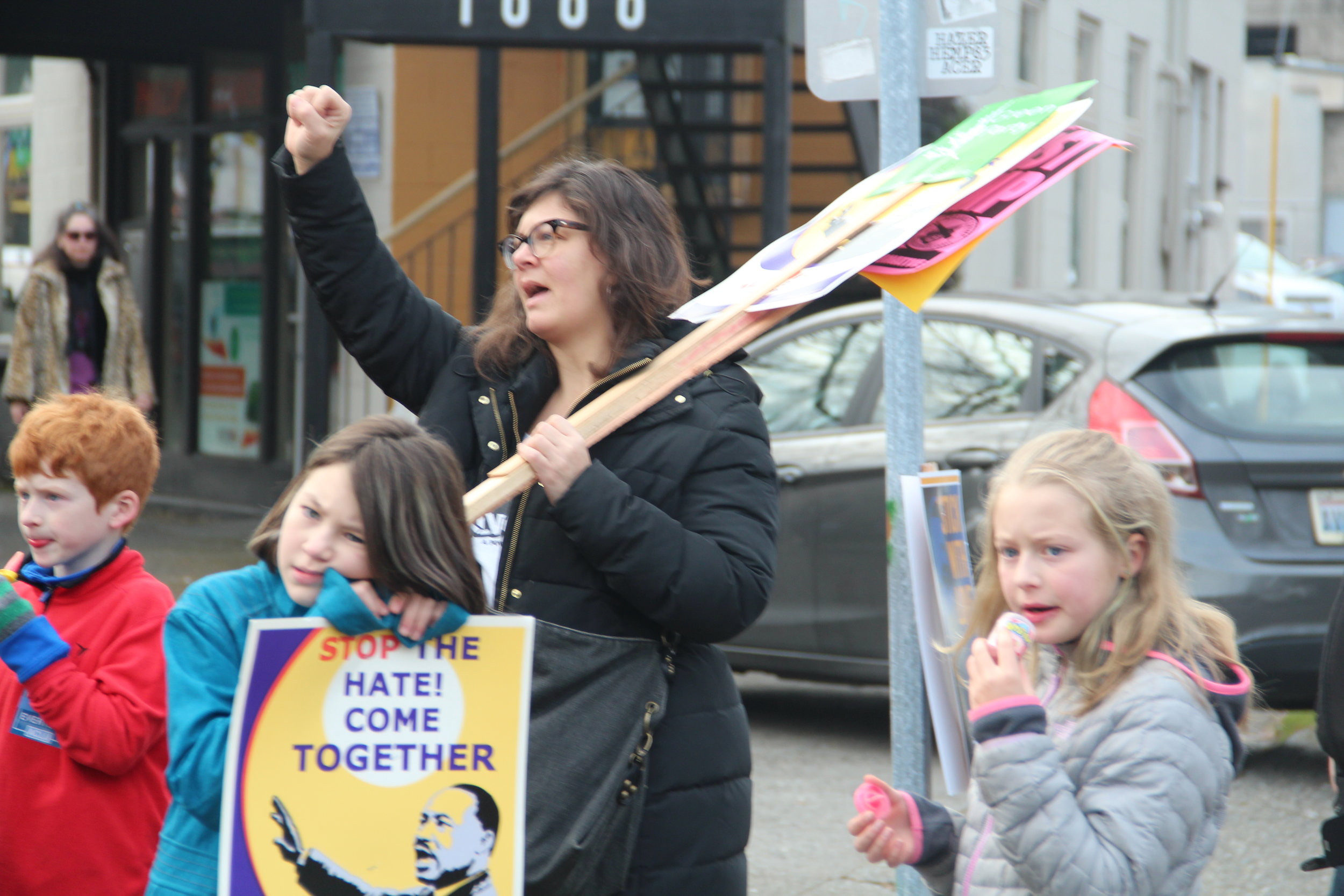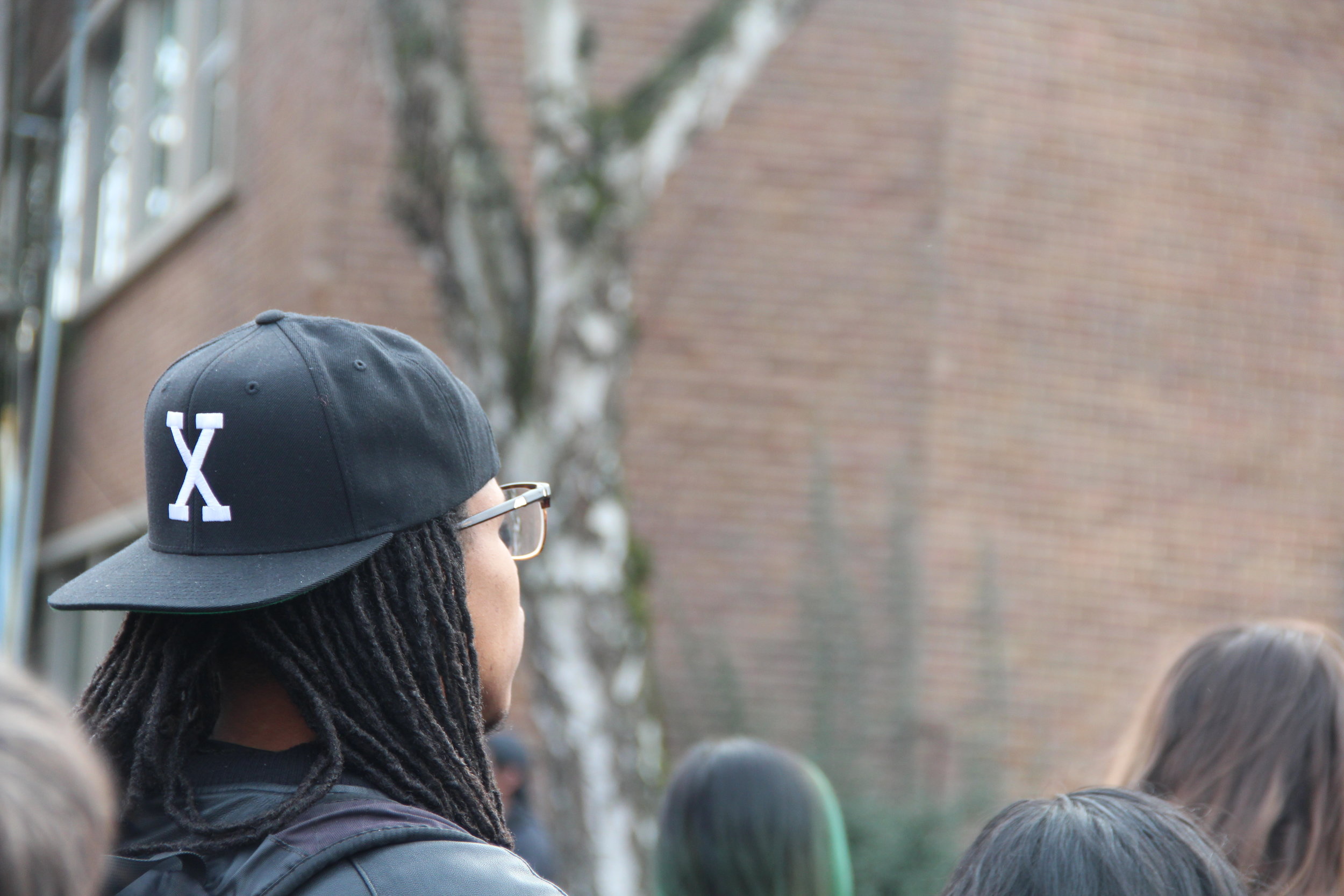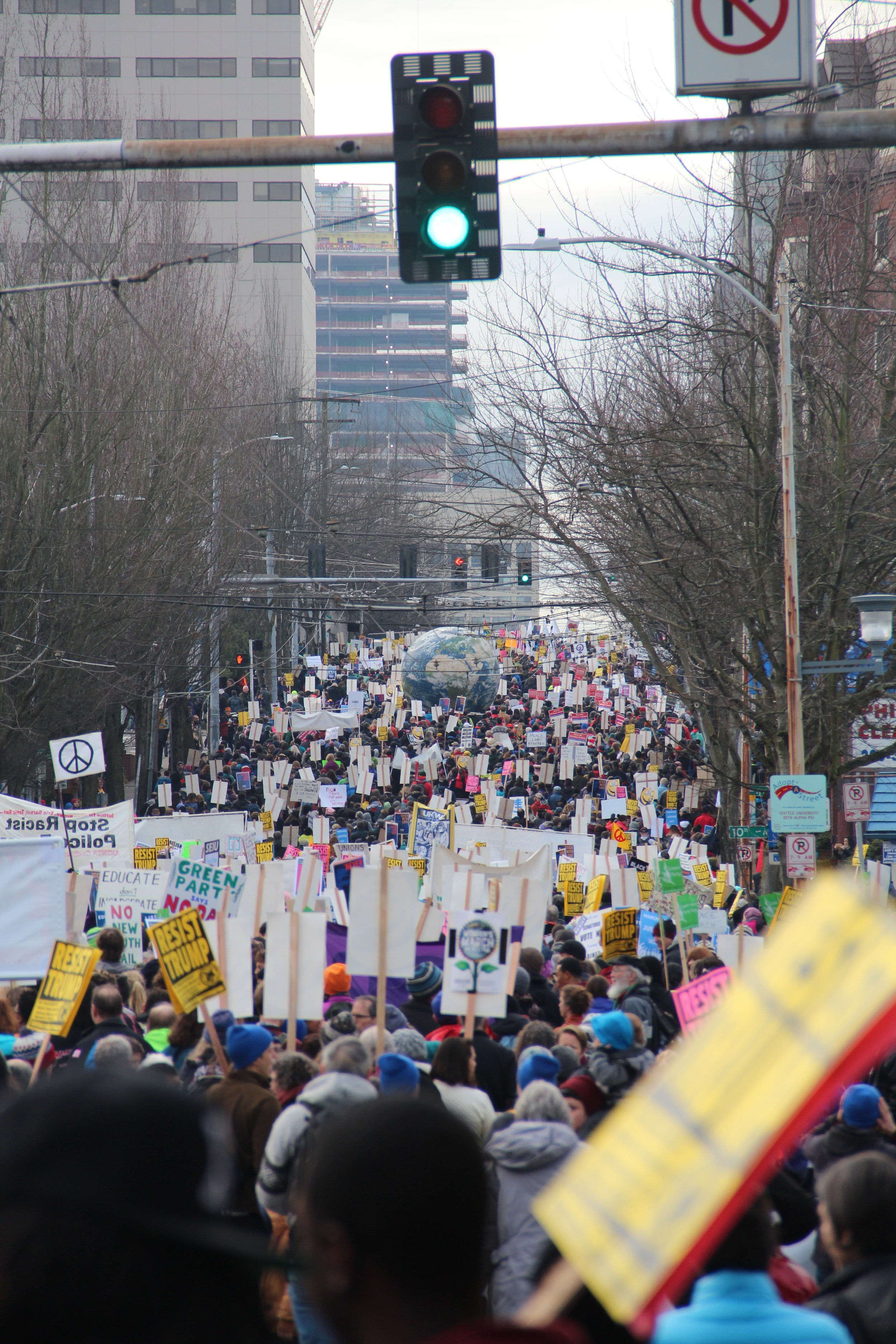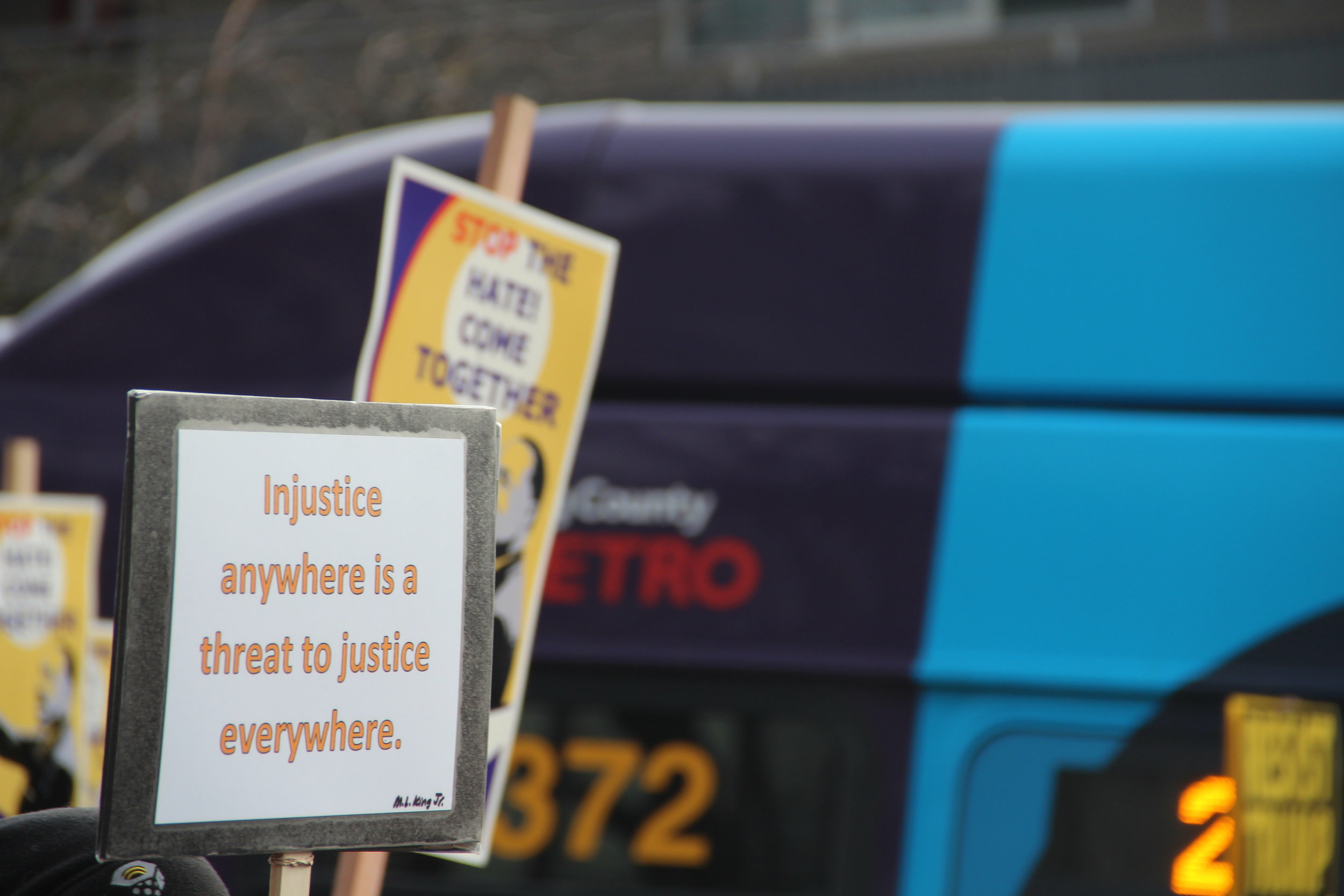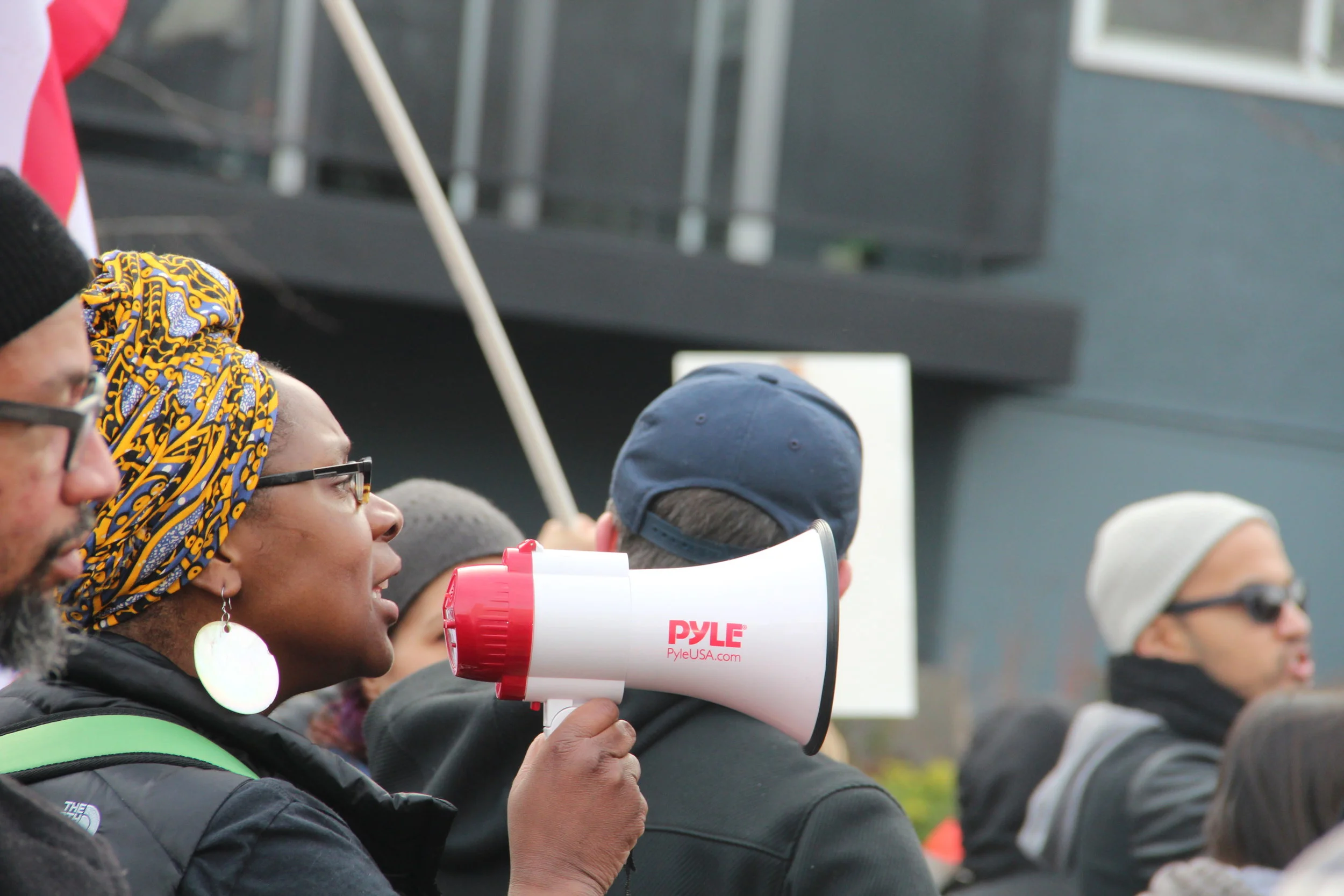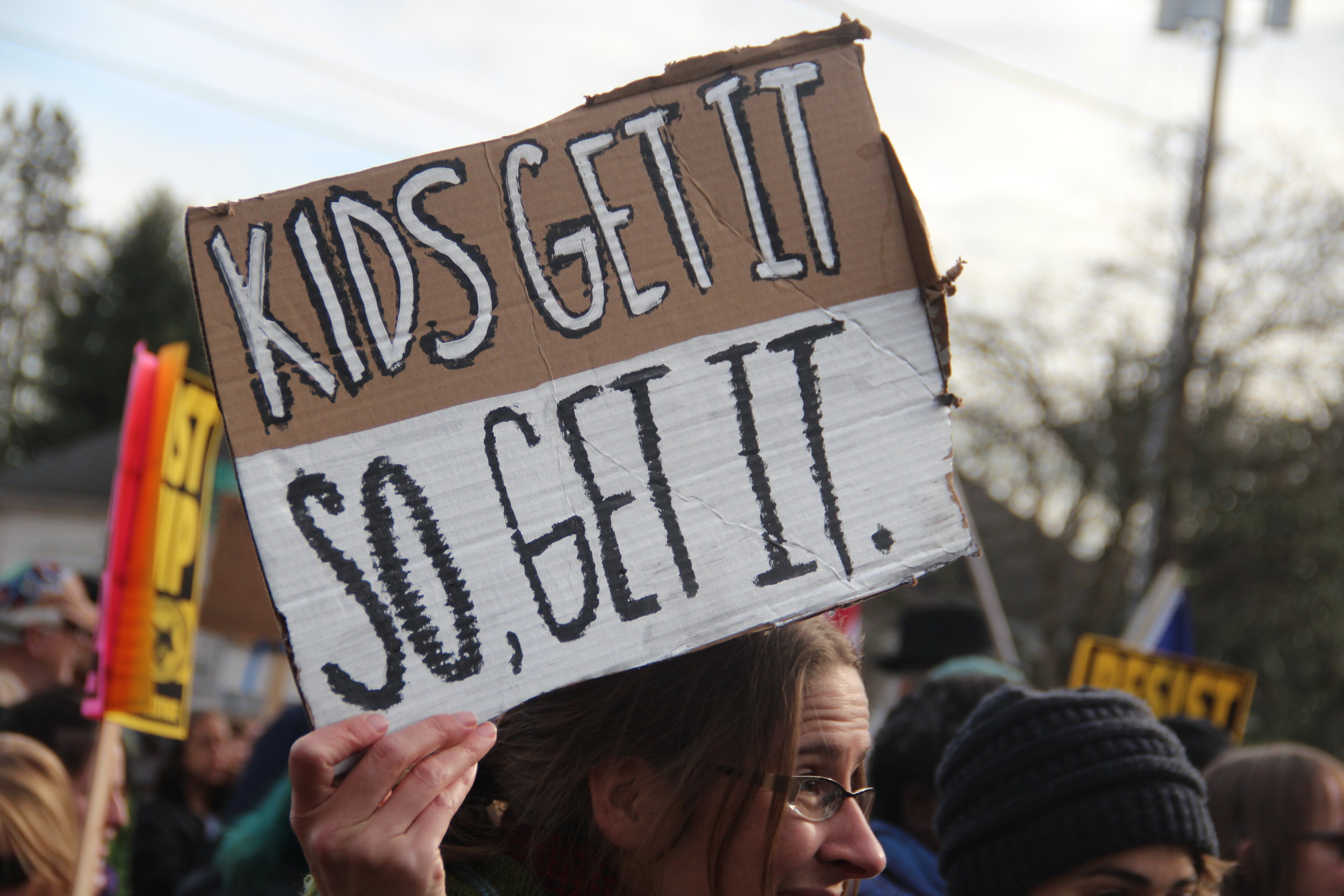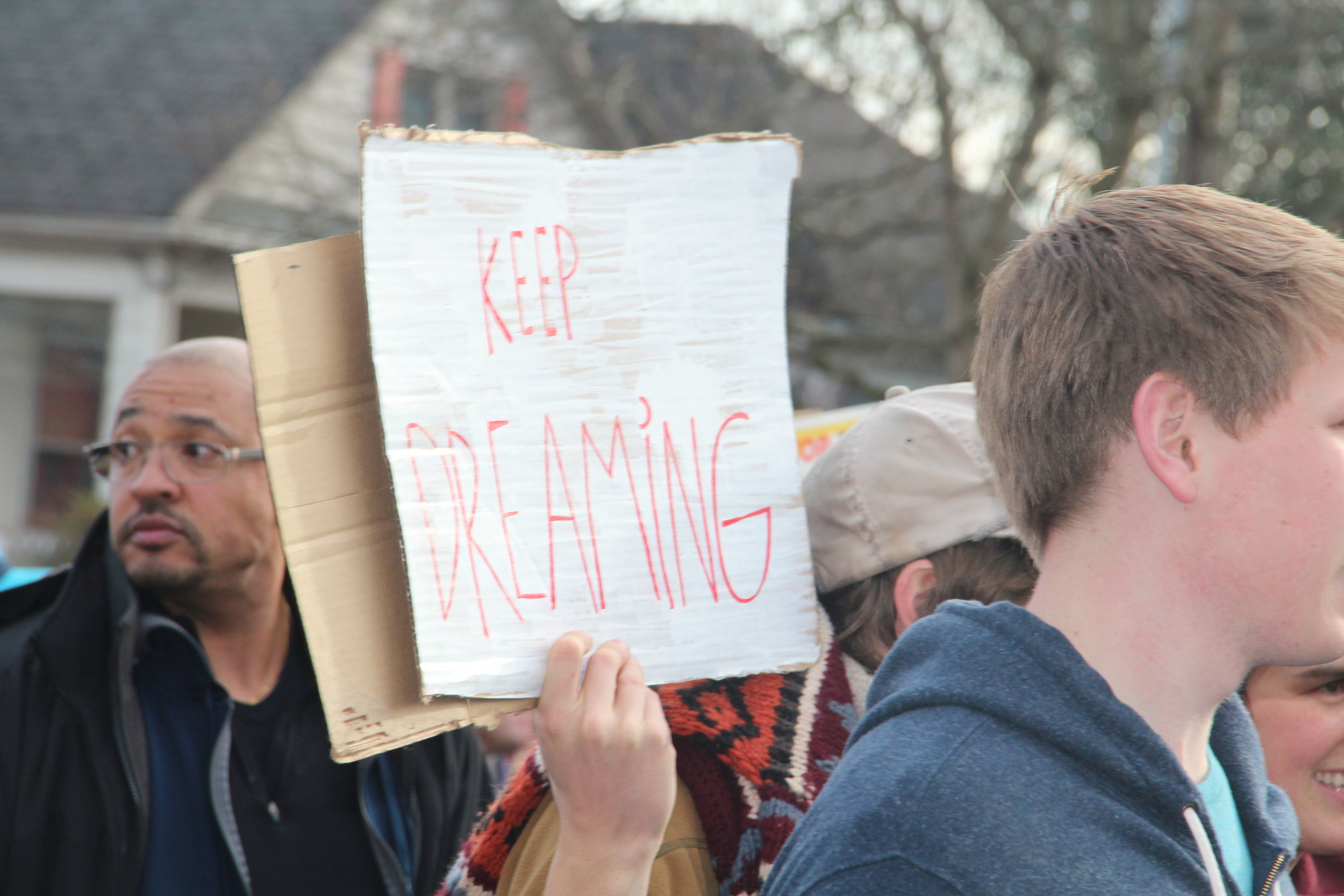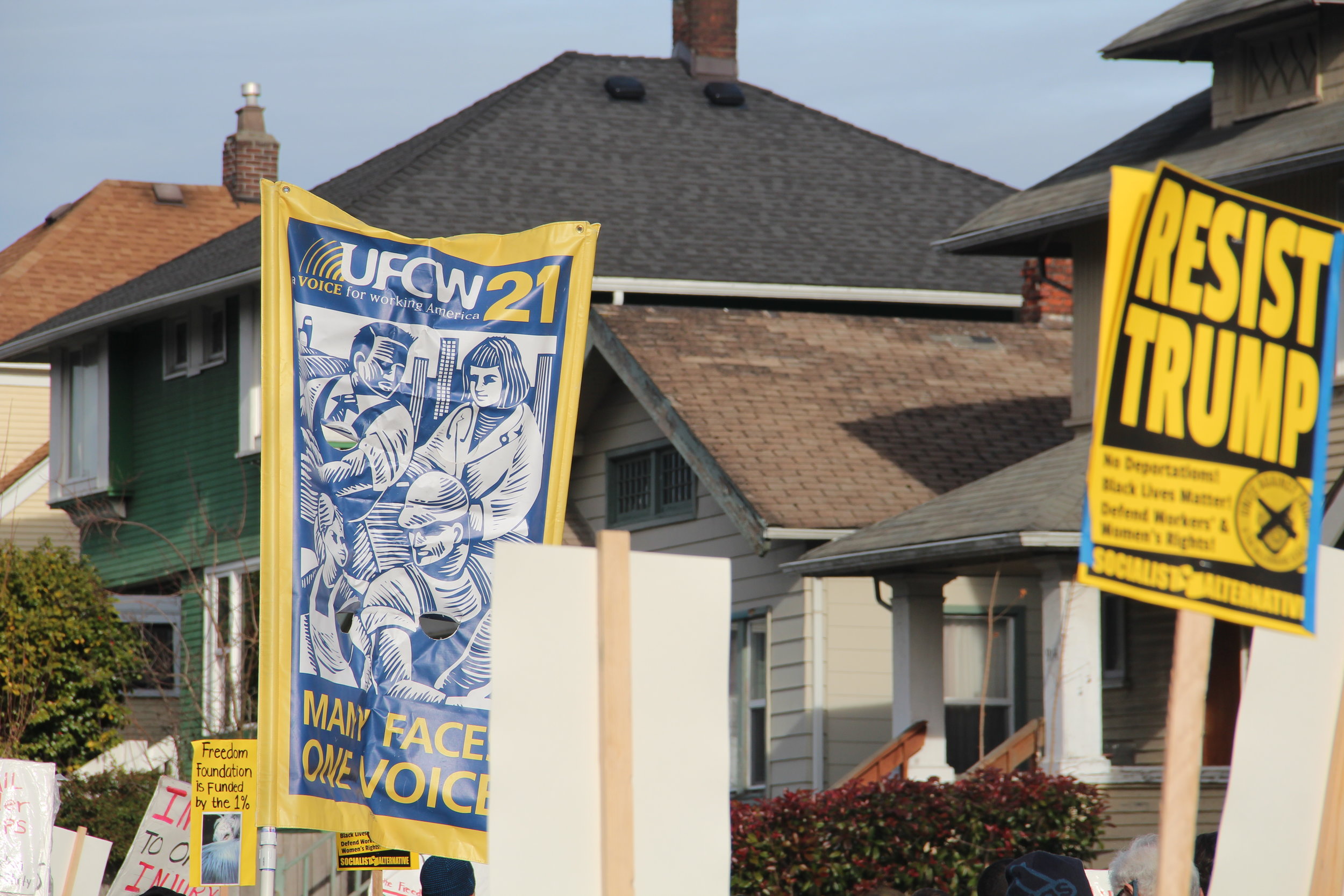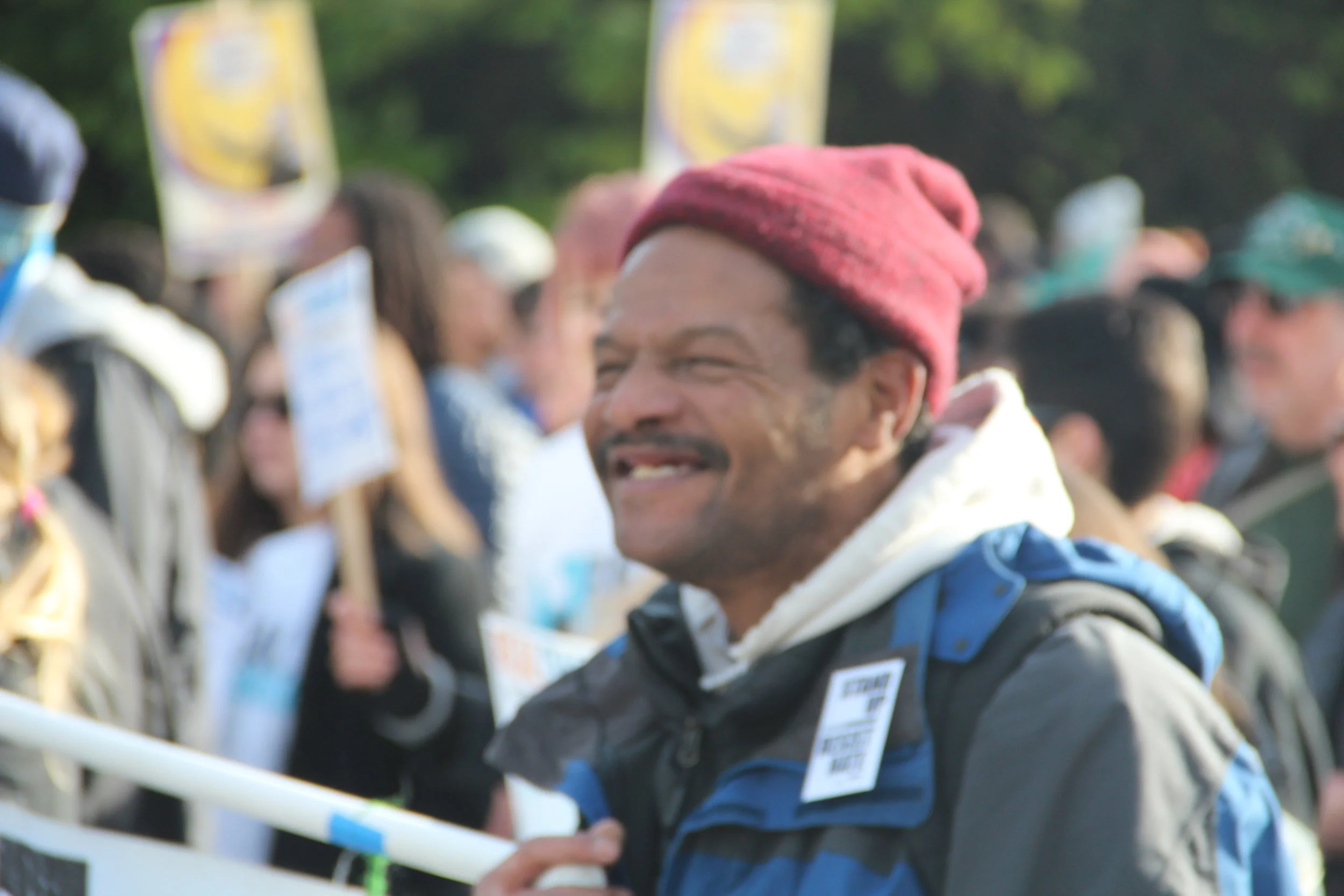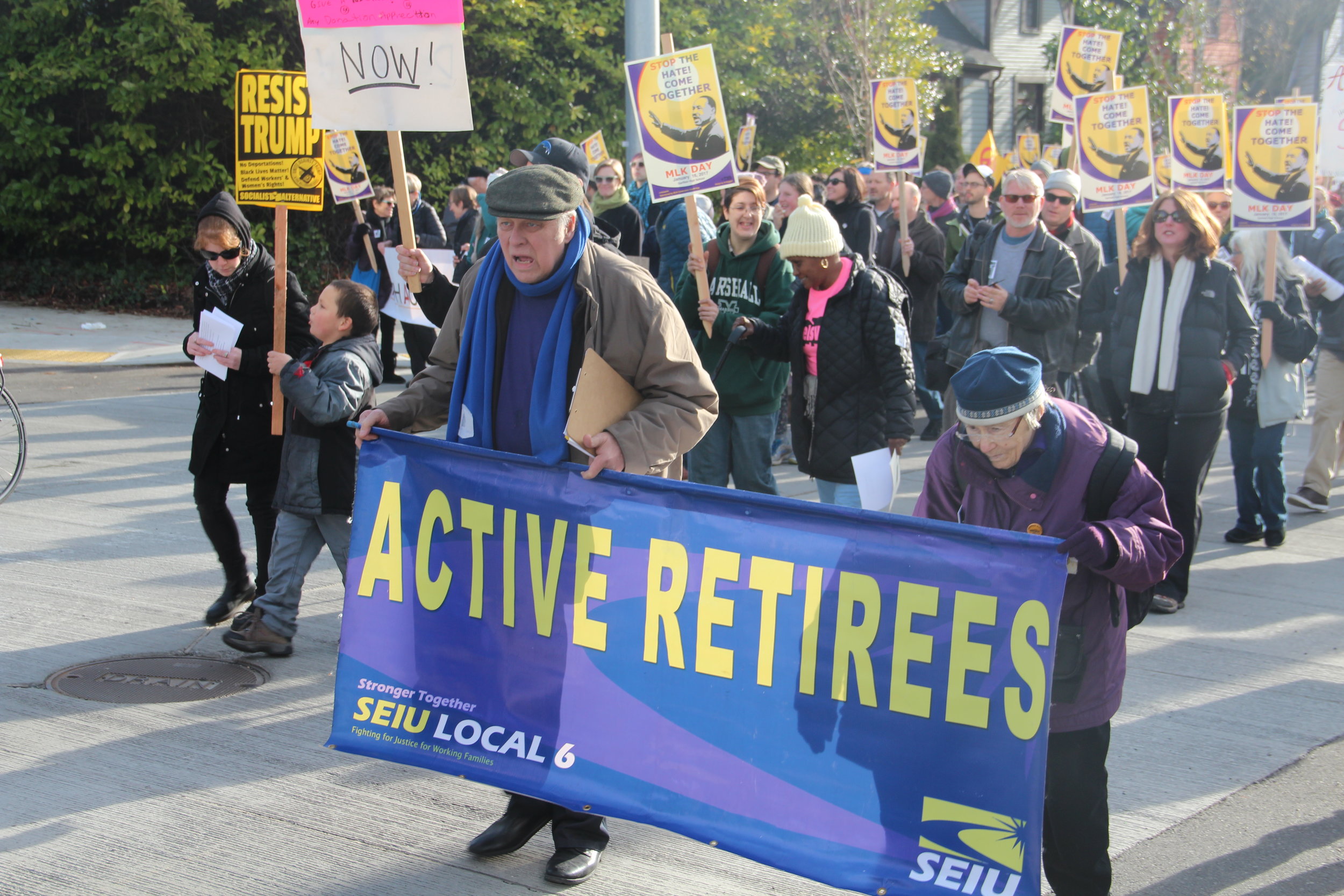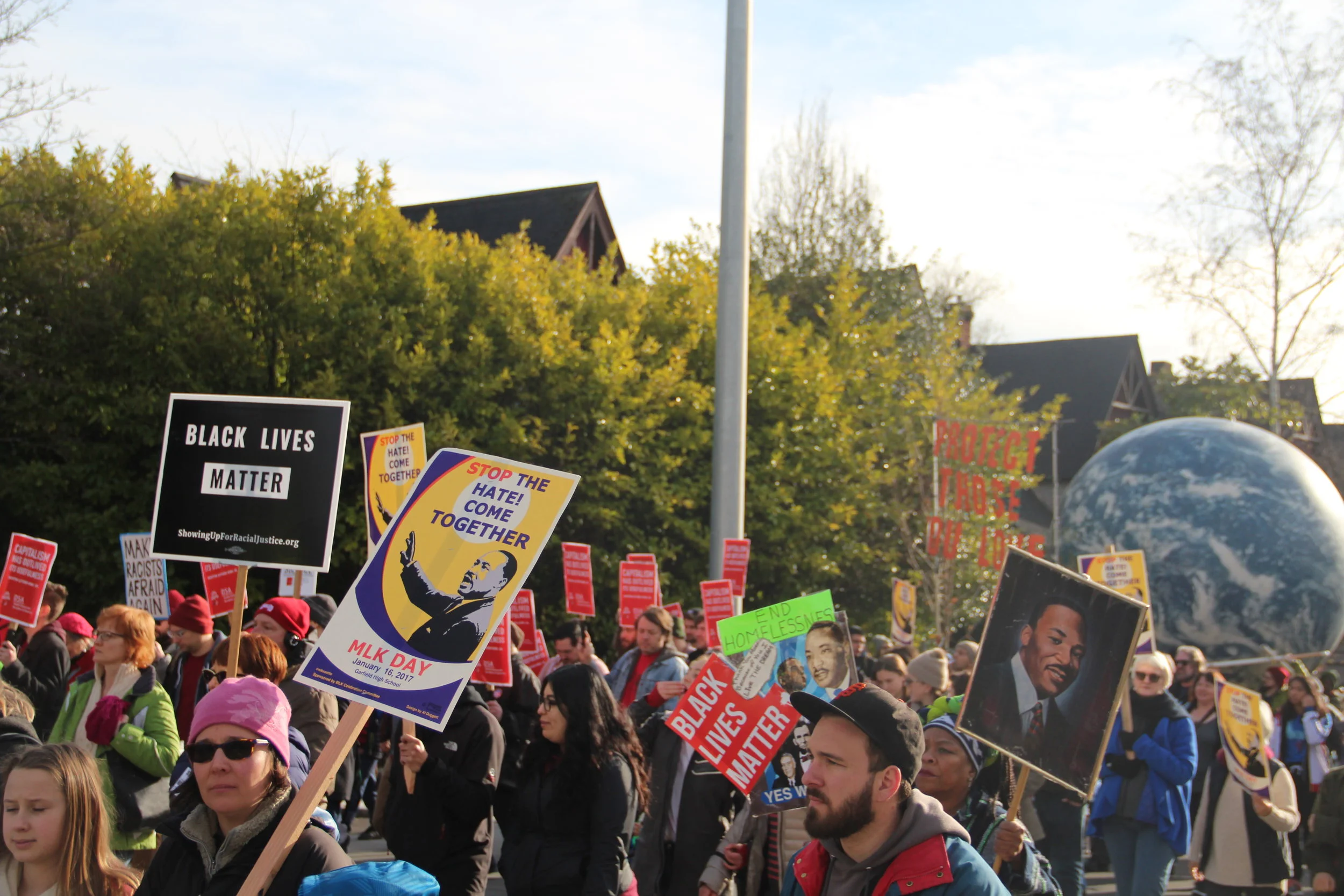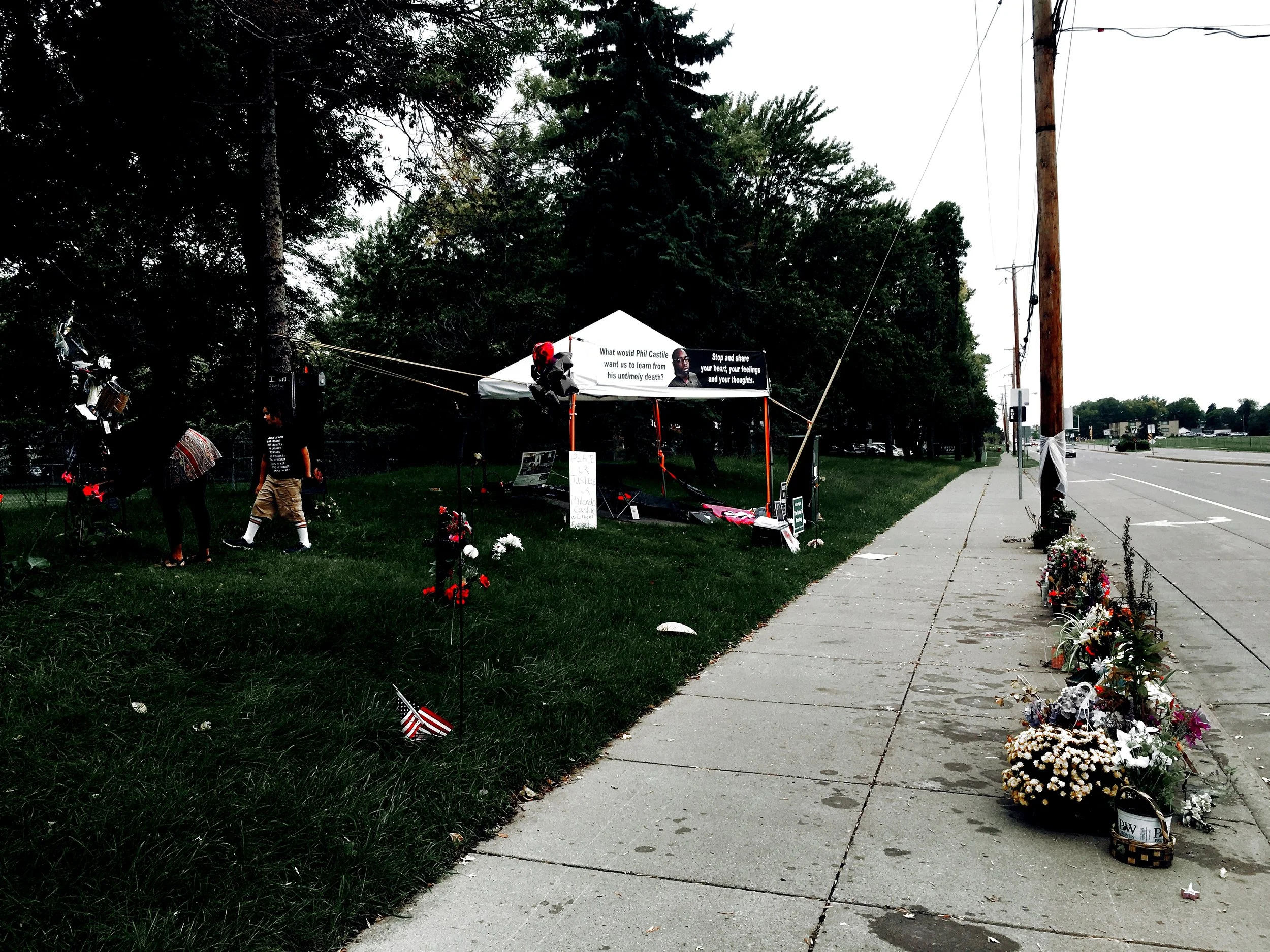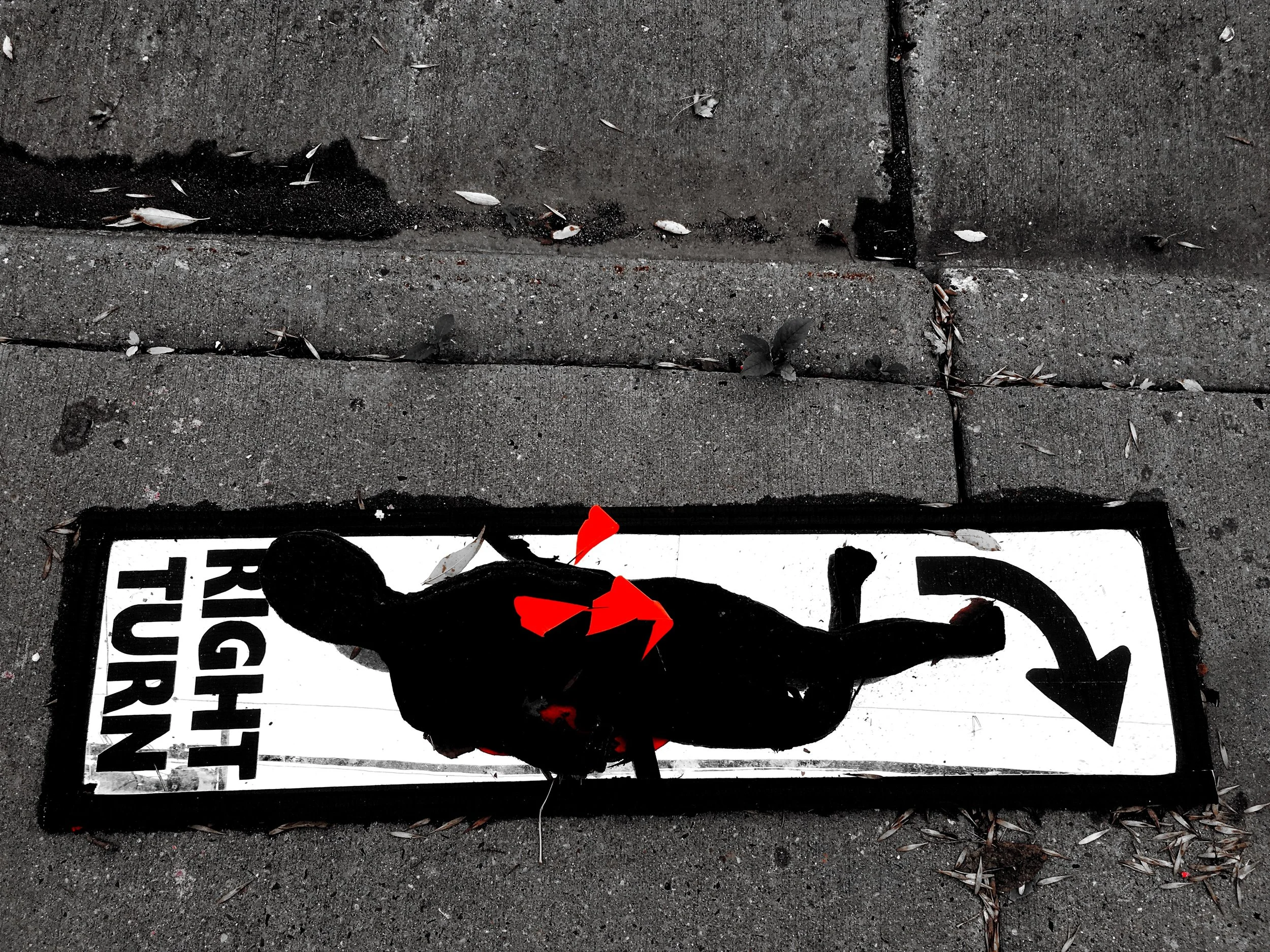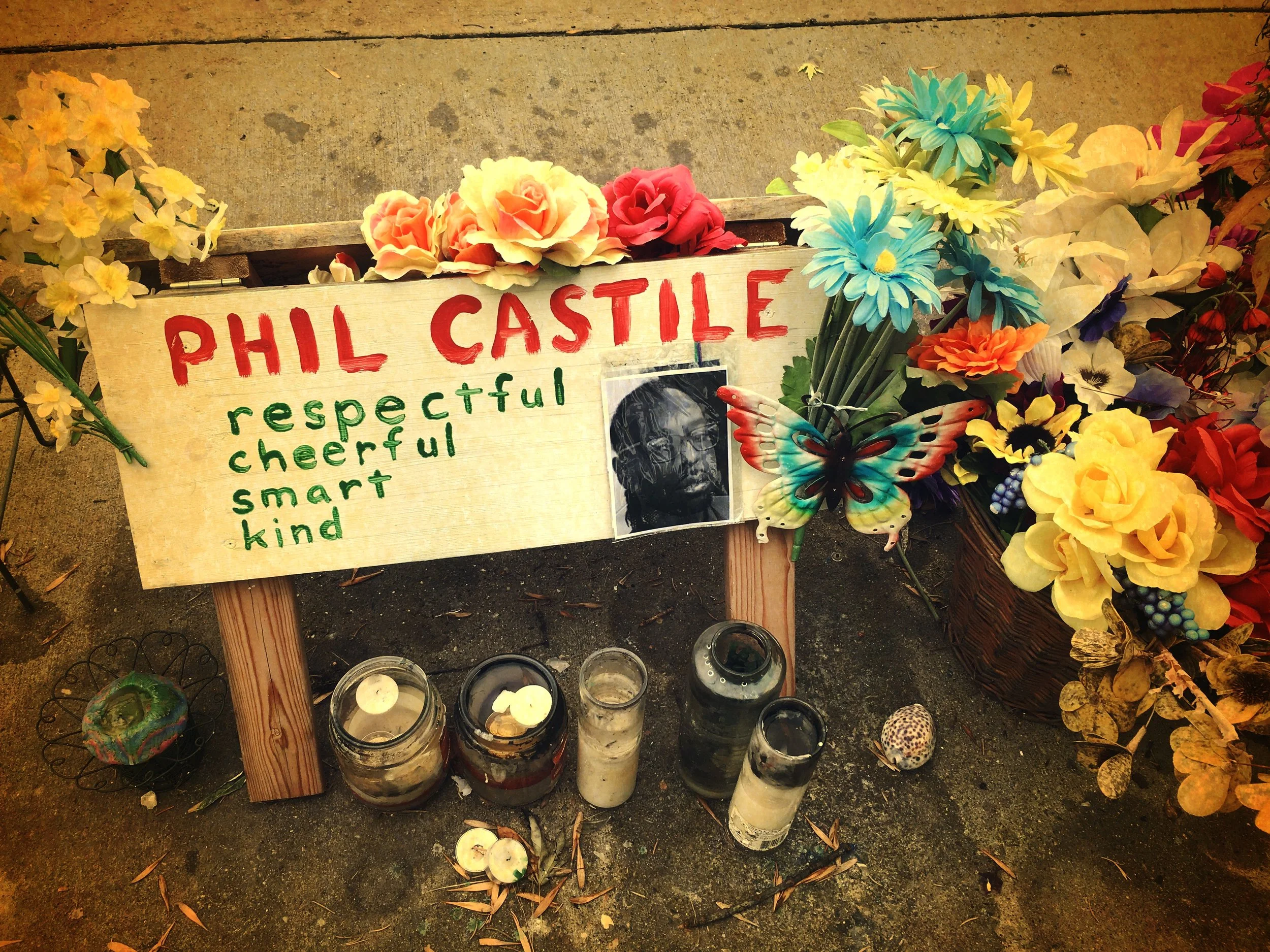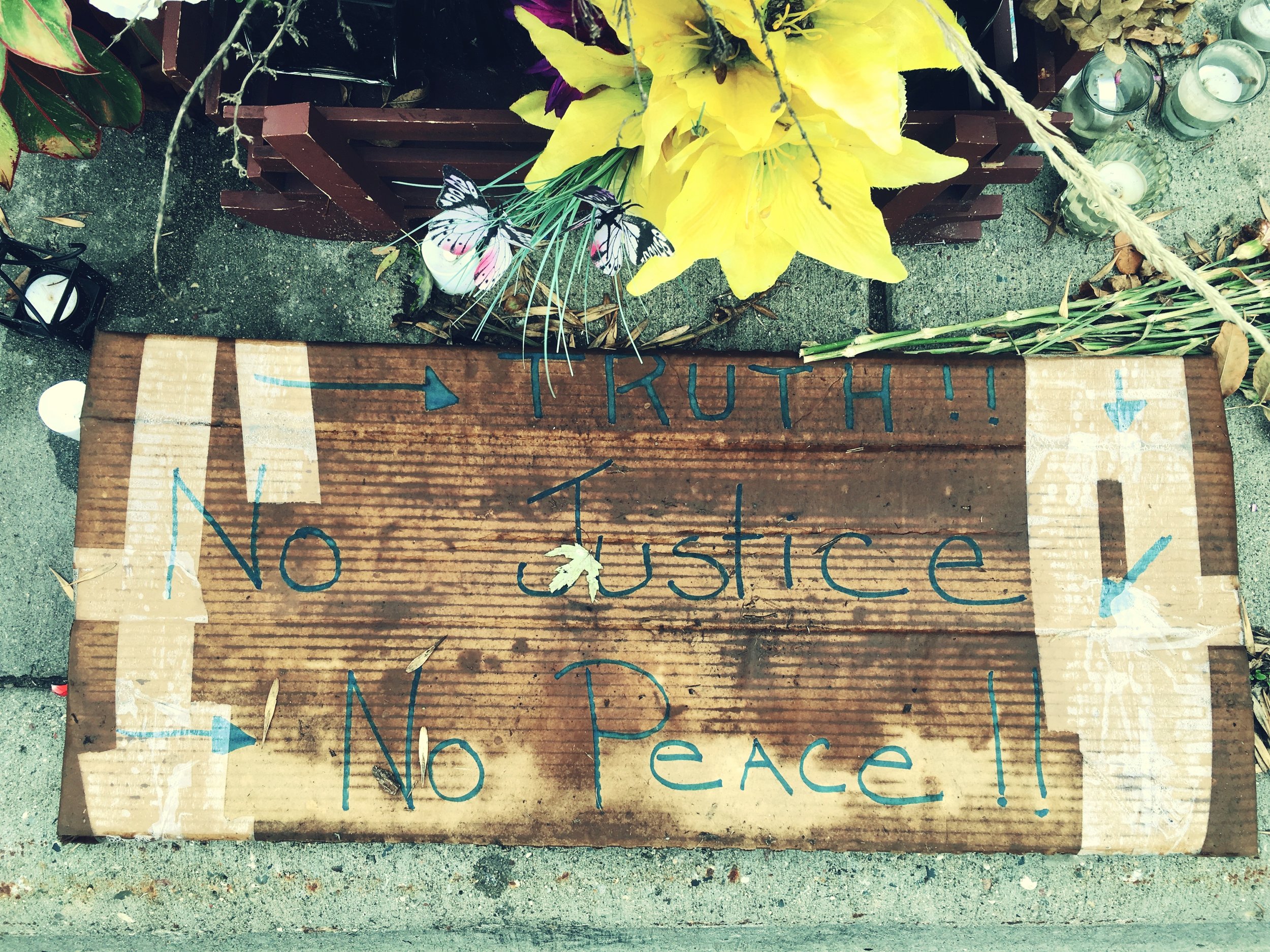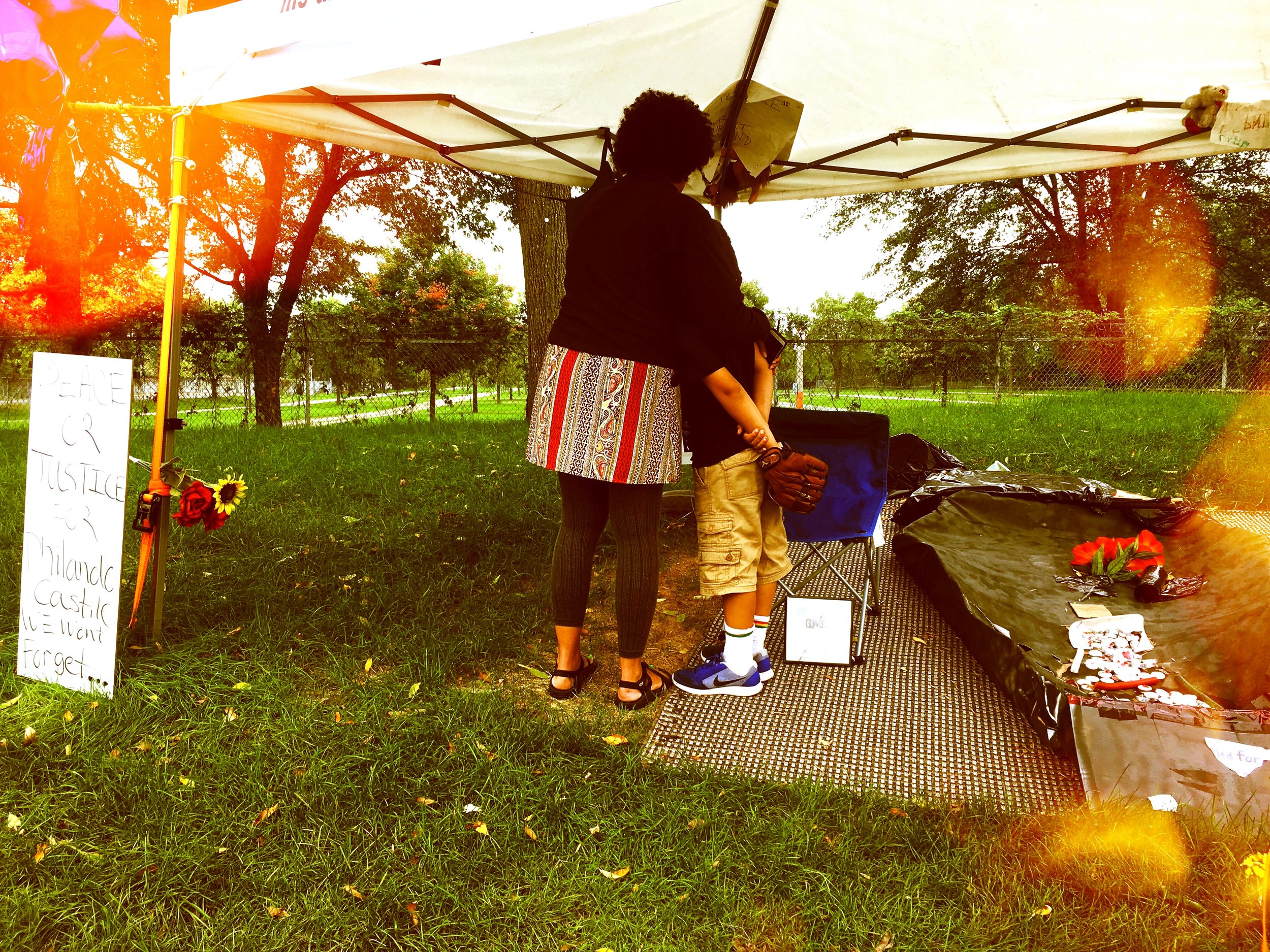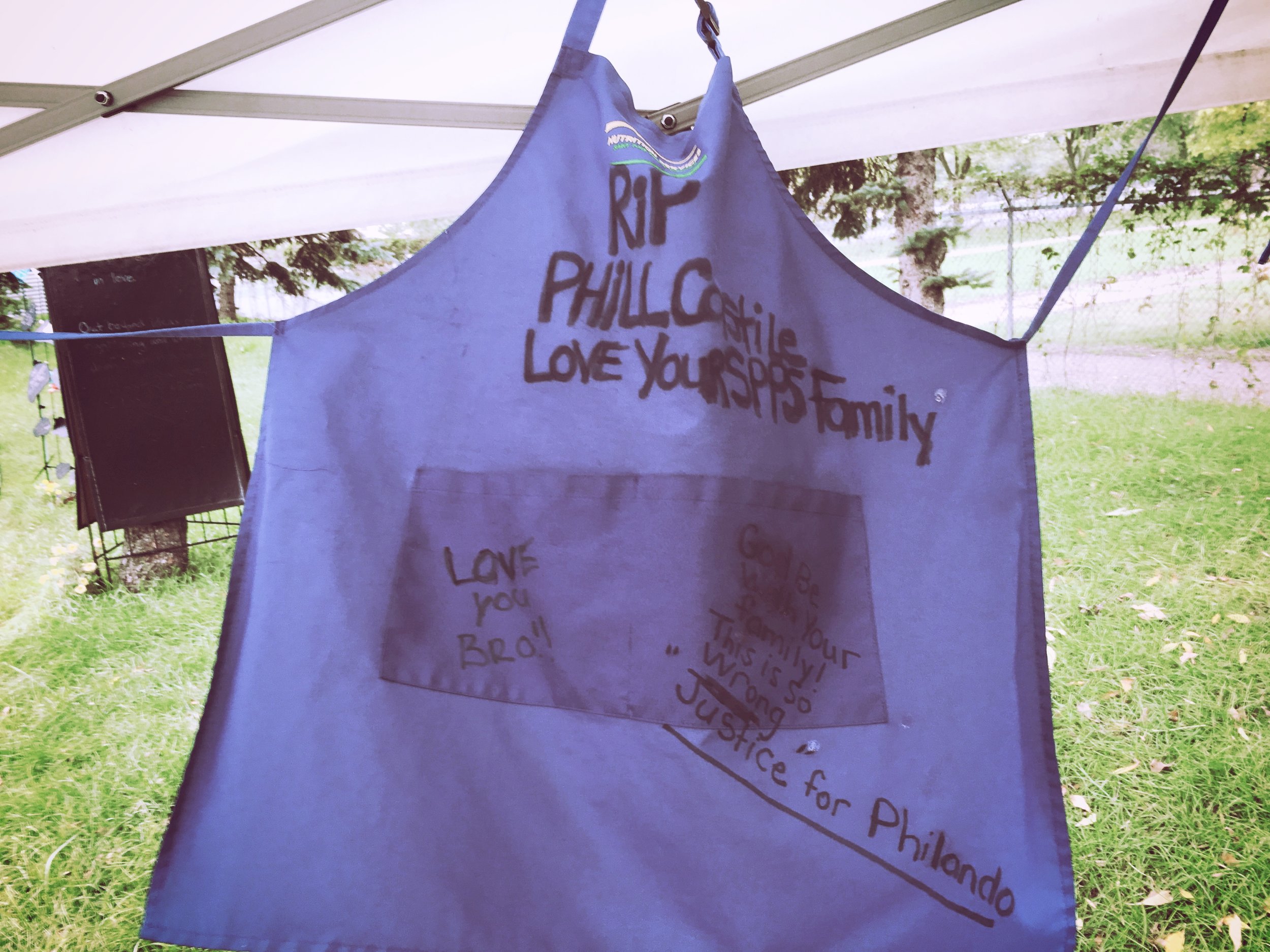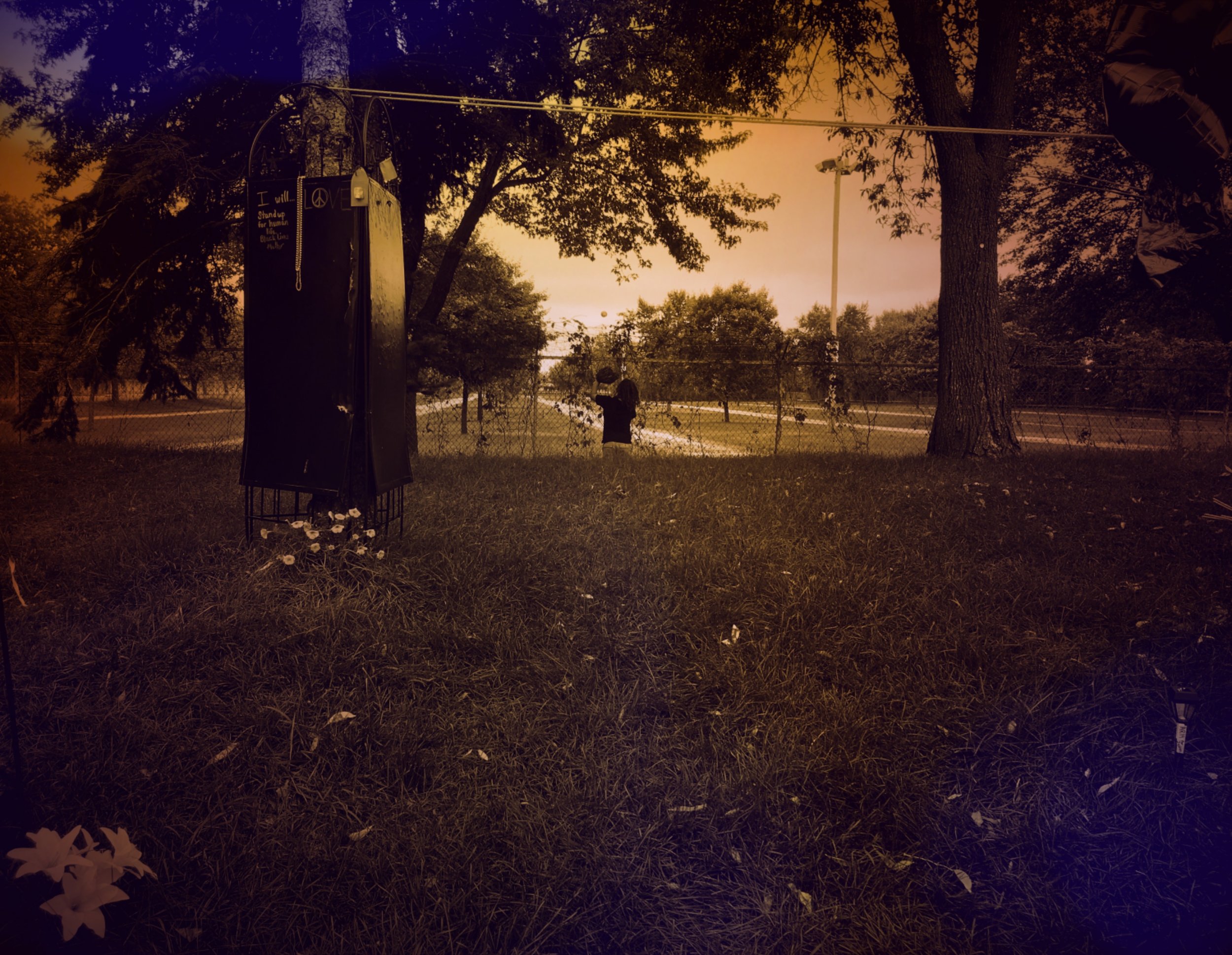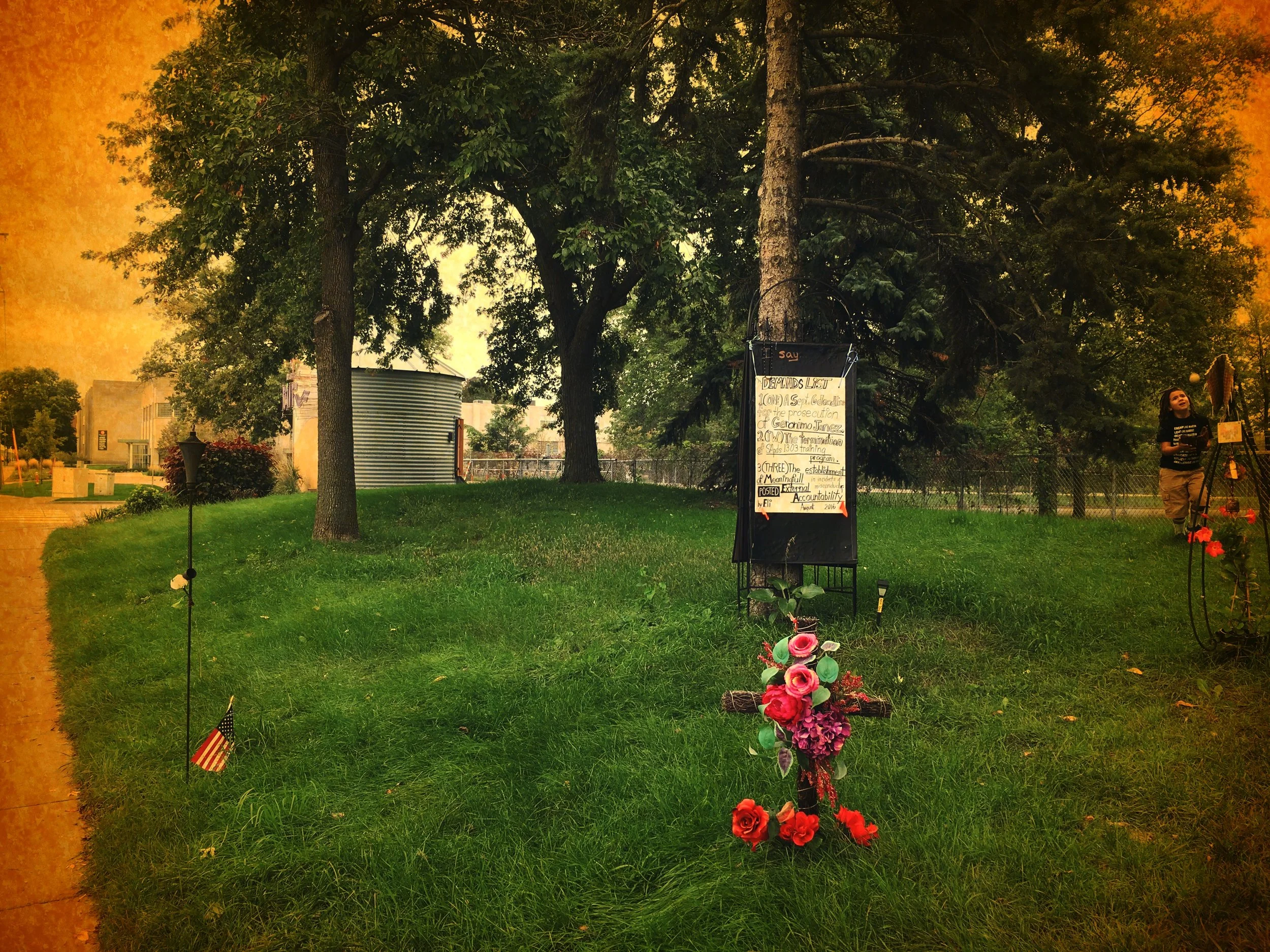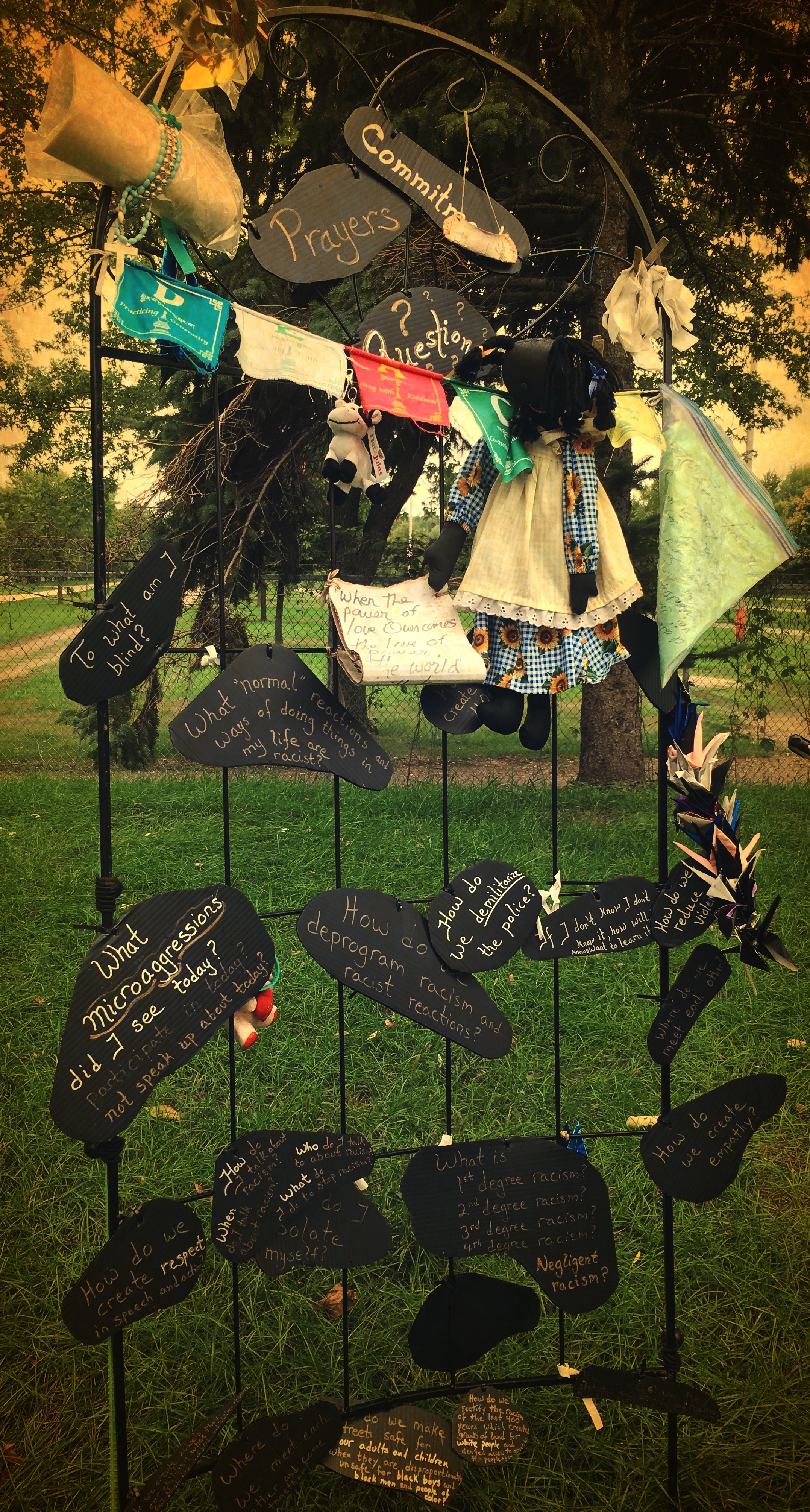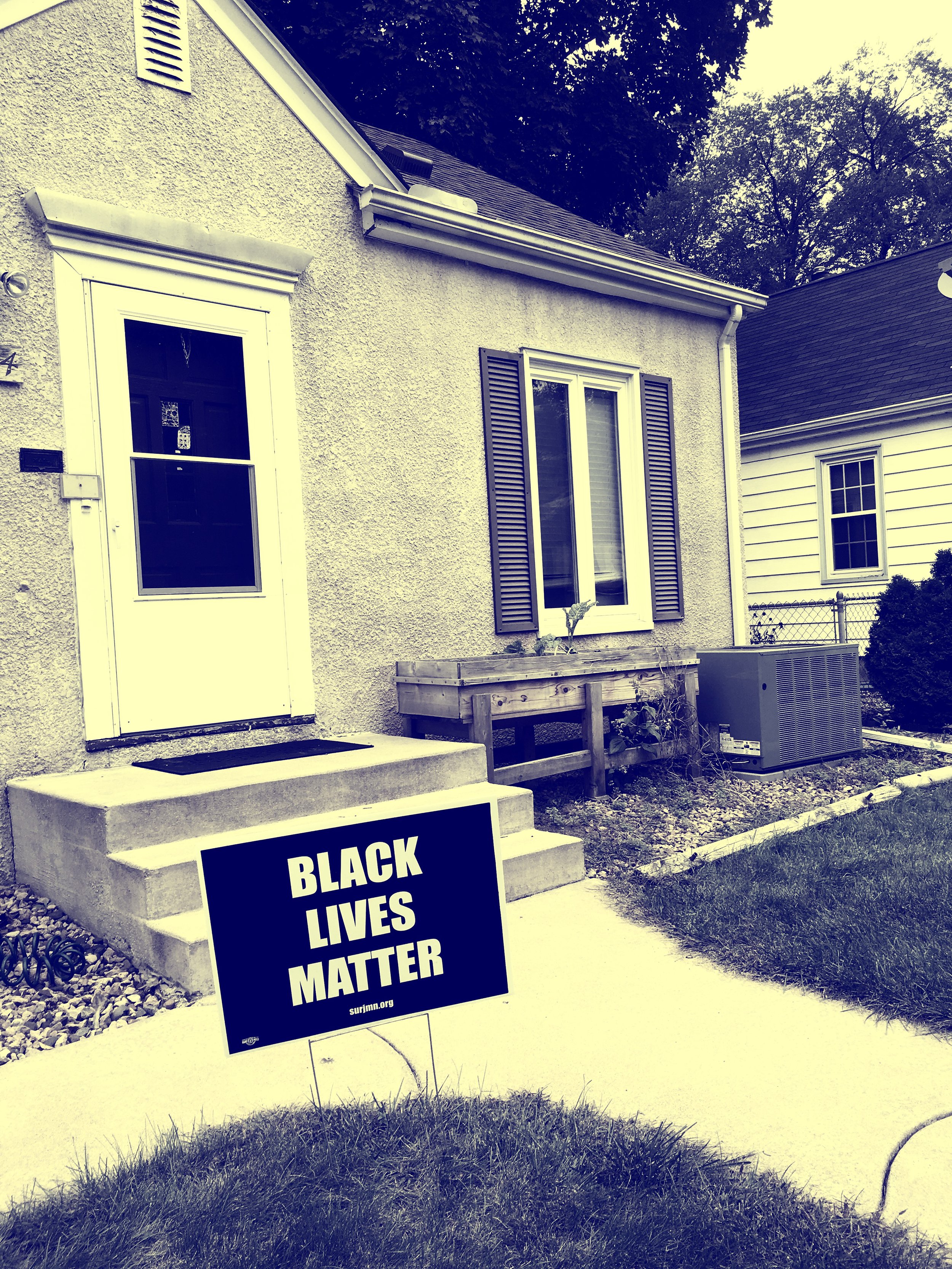Last week, an extraordinary event was planned at South Seattle's John Muir Elementary to publicly declare that Black Lives Matter. The event was then “canceled,” however, after the school and the district received at least one threatening phone call.
Paige Cornwell summed up the situation in an article in the Seattle Times last Friday evening:
“The elementary school had scheduled a celebration called “Black Men Uniting to Change the Narrative,” where more than 100 black men would gather outside and greet students as they walked into the building, with the goal of dispelling stereotypes. A similar event was held at South Shore K-8 (another south-end public school) last school year.
Teachers had planned to wear shirts that featured the school’s name along with “We Stand Together” and “Black Lives Matter.” Several local news outlets published stories about the teachers’ plans, which were then picked up by conservative national news outlets such as Fox News, Breitbart and the Daily Caller.
On Friday morning, several people still showed up and high-fives students as they arrived. Meanwhile, at Leschi Elementary, community members and teachers high-fives and cheered for students who were walking into the building. Lesch teachers wore shirts that said “Leschi (Hearts) Black Lives.”
John Muir received at least one threatening call related to the event, district spokesman Luke Duecy said. The district decided to cancel after consulting with Seattle police and the district’s safety and security staff.
At least one local story included a parent who said he wasn’t informed about the shirts, and that he had concerns about it. John Muir PTA President Amy Zern said all parents were informed, and that the community had embraced both the event and the teachers’ plans.
“There was a plan in place to discuss this in an age-appropriate way, and in our community, there’s been nothing but support,” Zern said. “It’s awful to see this reaction.”
Parents saw that there was a lot of “national hatred” in comments posted on stories about their school, she said.
About half of John Muir’s 400 students in kindergarten through fifth grade are black. About 20 percent are white, and 10 percent each are Hispanic, Asian or two or more races. The school sees its diversity as an asset, Zern said.
“My white child is absolutely ready to embrace the idea that some folks are not being treated the same as some other folks,” she said. “It’s not a surprise to her 9-year-old mind. She sees it.”
I asked my biracial 8-year-old, Julian, what he would think if teachers at his school wore Black Lives Matter t-shirts. Would it be a good thing? A bad thing? Doesn't matter?
“Good,” he said. “It would just be cool to see that they would actually care, and we could know that.”
Jason McGillie lives in Rainier Beach, and his son, Fenix, was a second-grader at SouthShore last year and is now a third-grader in his first year at John Muir. Jason dropped his boys off during SouthShore’s “Changing the Narrative” event last year. (For context, Jason is white, and his wife, Reese, is black.)
“I was walking on air for the next five hours just from the positive energy and from having gotten to see it happen,” he said. “Just being able to drop the kids off and see the looks on their faces, it was really, really cool.”
When he saw a flyer for this year’s event at John Muir, he posted a photo of it on Facebook and started spreading the word about this amazing thing that was about to happen again. And then he found out it was canceled. He said the kicker was a surprisingly emotional automated message that went out to the school’s parents.
“You could tell that she (John Muir Principal Brenda Ball Cuthbertson) was just barely keeping it together. She was obviously distraught, just emotionally distraught,” McGillie said. “It was intense. If you had no heart or soul at all and didn’t care about it one way or another, you would still be like, ‘She’s going through something. That is awful.’”
When Reese and Fenix pulled up to the school Friday morning, they found a large group of black men at the school anyway, in spite of the "cancellation." Most of the teachers in the school still wore their Black Lives Matter t-shirts as well. It became an act of courage as well as a celebration of community.
One of the Catch-22s of parenting is how ultimately separate we are from our kids. We love and feel for them with such intensity, but in the end, Julian isn’t me. Zeke isn’t me.
And there will always be ways that we are different. It’s beautiful, mostly. They are these mysterious gifts that slowly unwrap themselves over time, revealing new and fascinating parts of themselves and their thoughts and their quirks.
It also means there will always be things I don’t know or fully understand about them. As a white parent to biracial kids, it’s hard sometimes knowing that my kids and I will always know a different racial identity, that there will be a huge part of their everyday experience in this country that will always be unavailable to me, for better or worse.
And so it’s especially strange to think that one of the ways I can’t be there for my boys is that I can’t reflect back to them a face that looks like theirs. I mean, on the one hand, we look alike. Zeke is pretty clearly my son, and you need only talk with Julian for a few seconds to know we’re so connected. But this same phenomenon is only deepened with Julian, who isn’t my biological son, even if we’ve been together since before his second birthday.
There’s power in my sons knowing strong, proud black men, and there’s power in my sons seeing men who look like them in ways I don’t doing something bold like this. And it’s a power they need to experience and that I can’t directly provide them.
There’s similar power in all the students regardless of their race having that experience at John Muir and at SouthShore, seeing black men in a positive, non-stereotyped, momentarily non-racist light. To see them celebrated and celebrating.
As Jason described it, “this is informing [Fenix’s] worldview in a way that is not the norm and is certainly not the narrative,” even if Fenix himself can’t articulate or necessarily even notice the powerful effect.
But instead of celebrating the beauty of a school as intentionally inclusive as this, we have another example of a fear-driven response to a proclamation that Black Lives Matter. That should not be a controversial statement, and it isn’t the opposite or antithesis of anything good. It is just a true statement.
My sons’ lives matter. My partner’s life matters. My father- and brother-in-law’s lives matter.
The lives of the men who showed up at John Muir Elementary on Friday matter, and their presence in the lives of those kids, that matters, too. I can't applaud long or loudly enough the courage they showed in being at John Muir last week in spite of it all, and the same goes for the teachers and staff who still wore the shirts.
The phrase -- the very idea that Black Lives Matter -- is one filled with love and compassion. The response is too often grounded in fear and shows up as a quick retreat to less controversial ground that doesn’t risk the safety and comfort of white folks.
Maybe more shows of bravery and solidarity like this can start to change that narrative, too.










